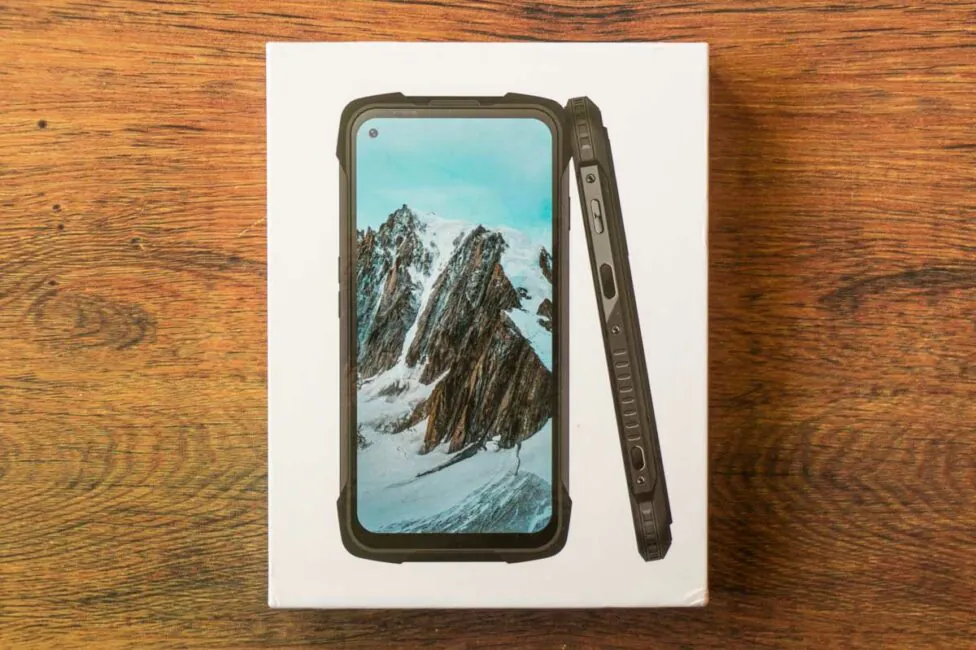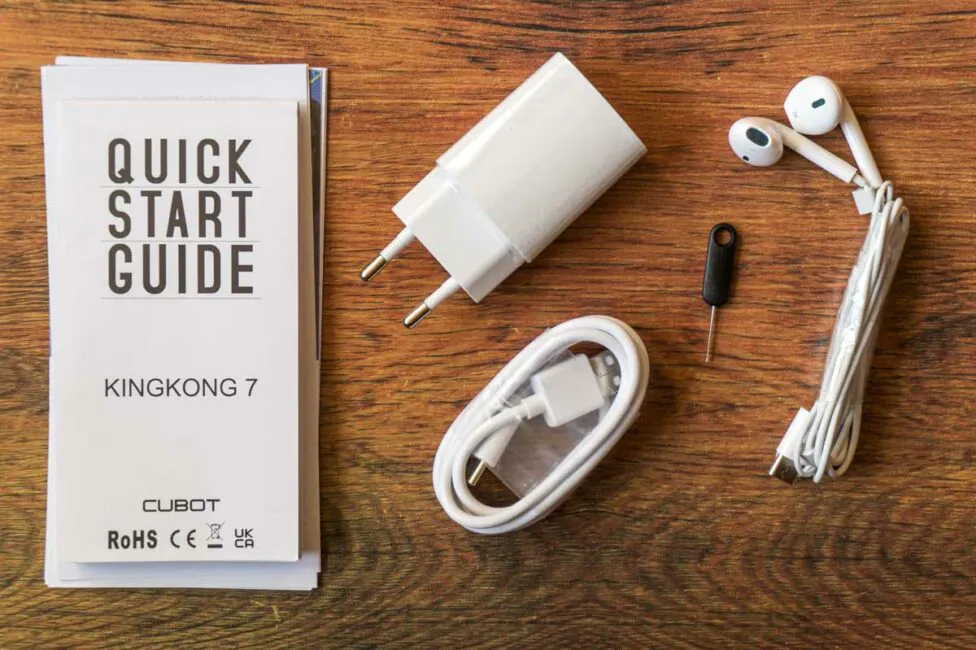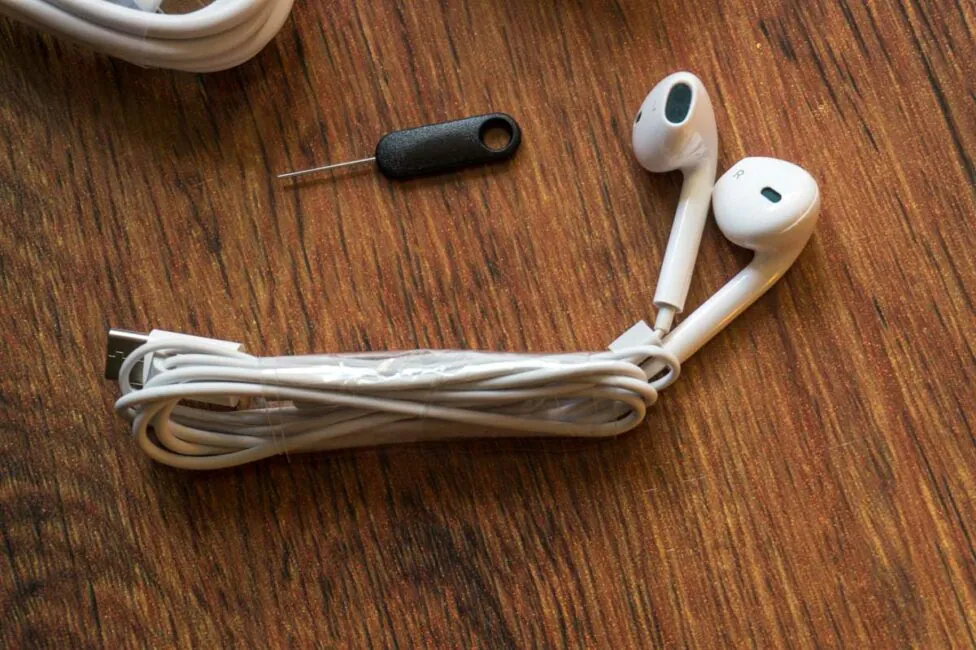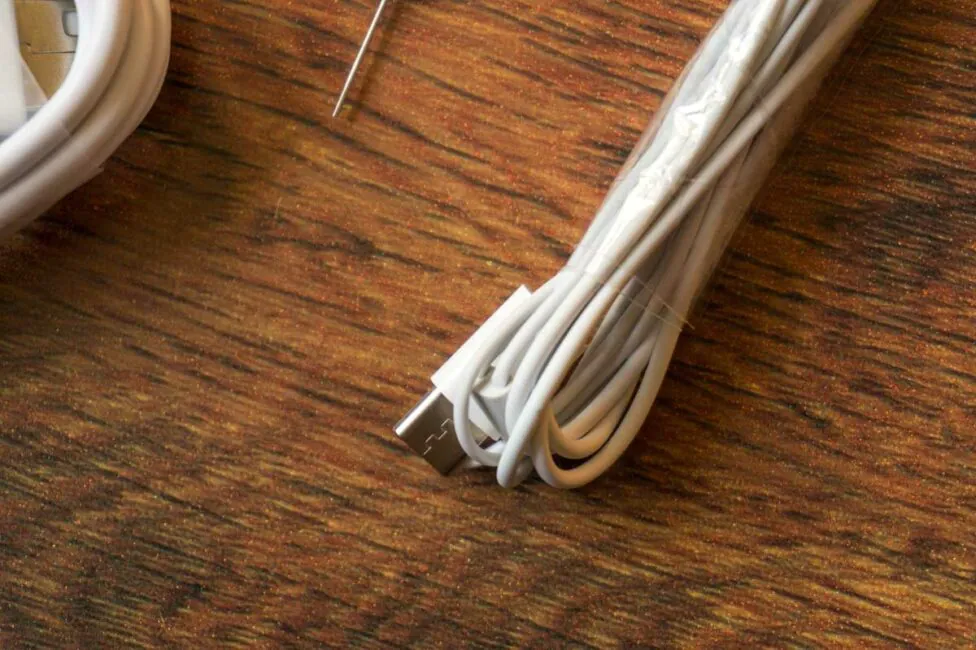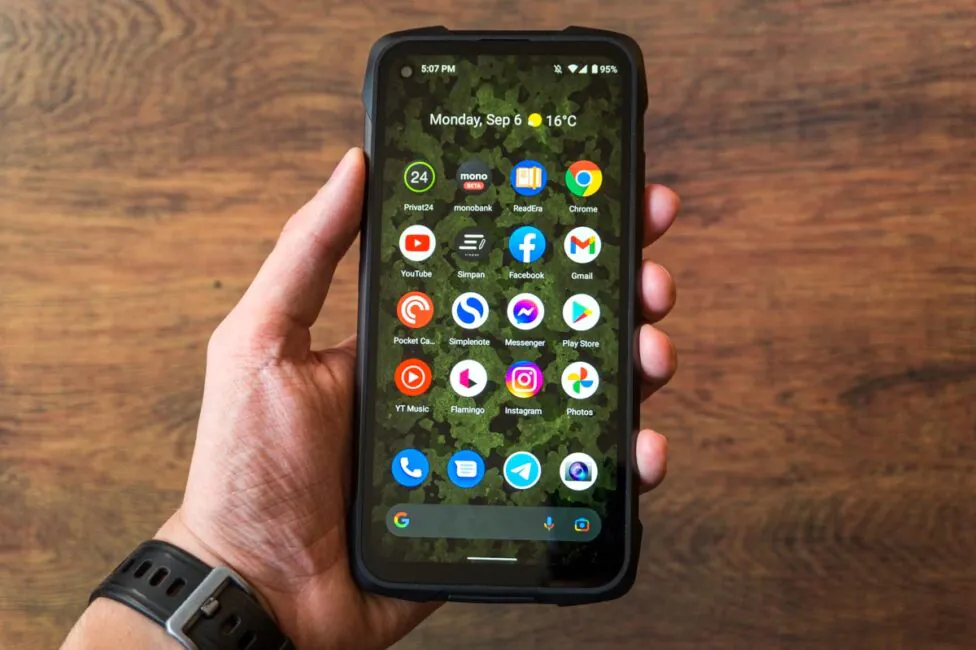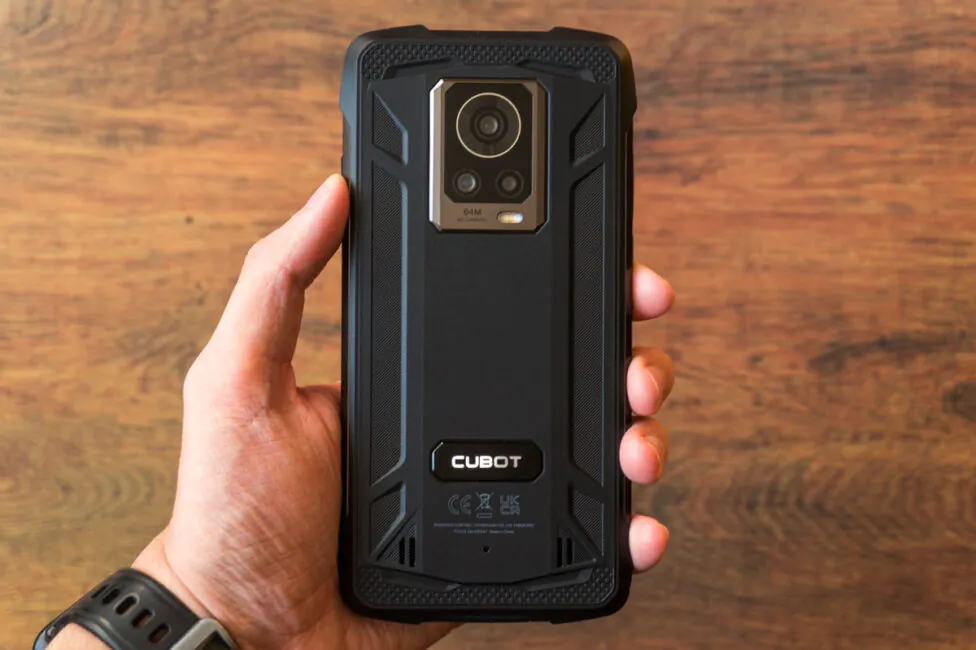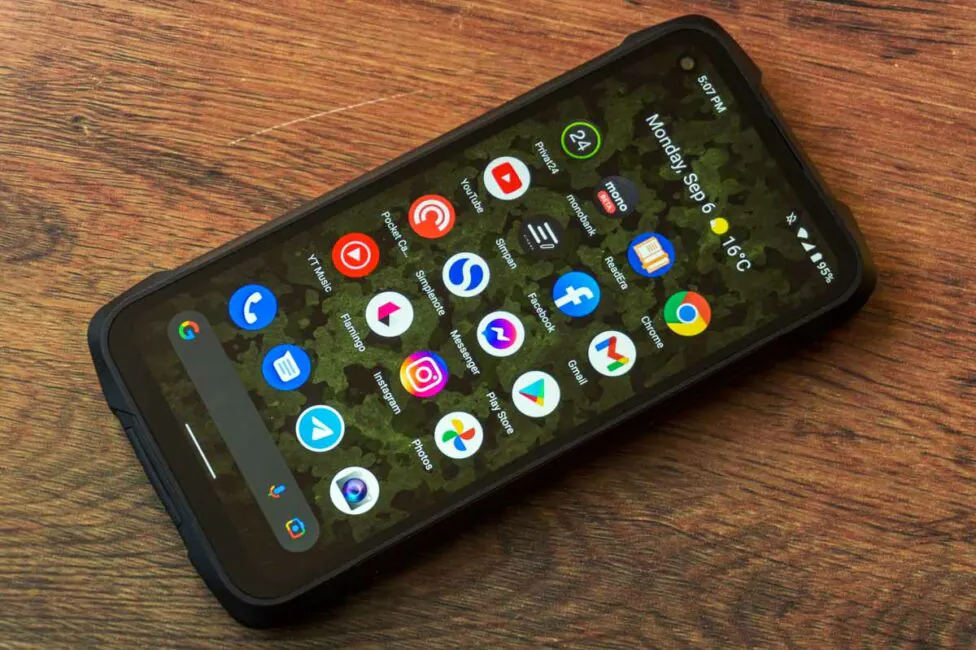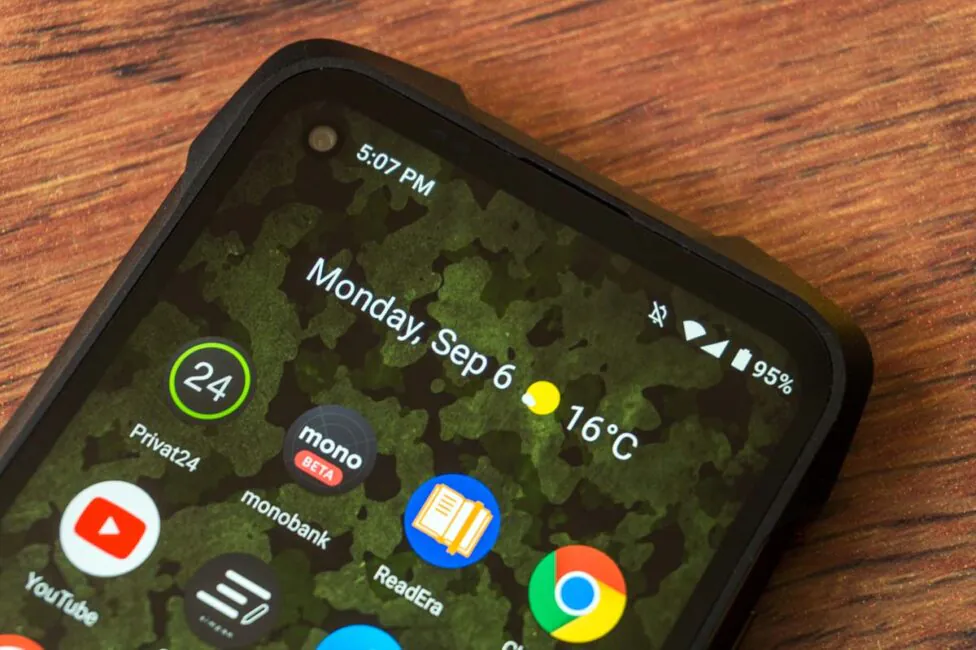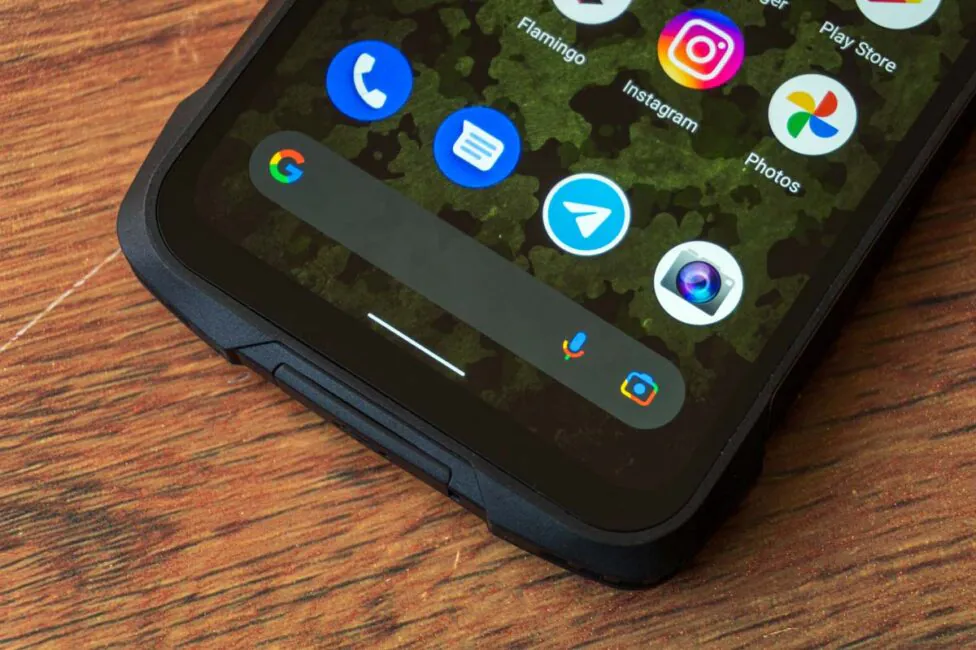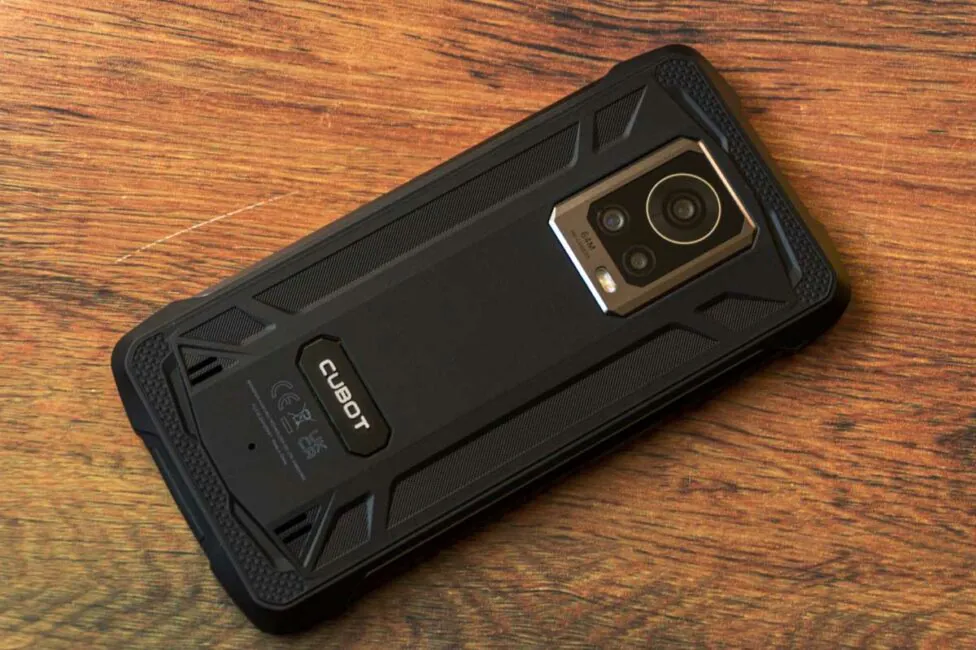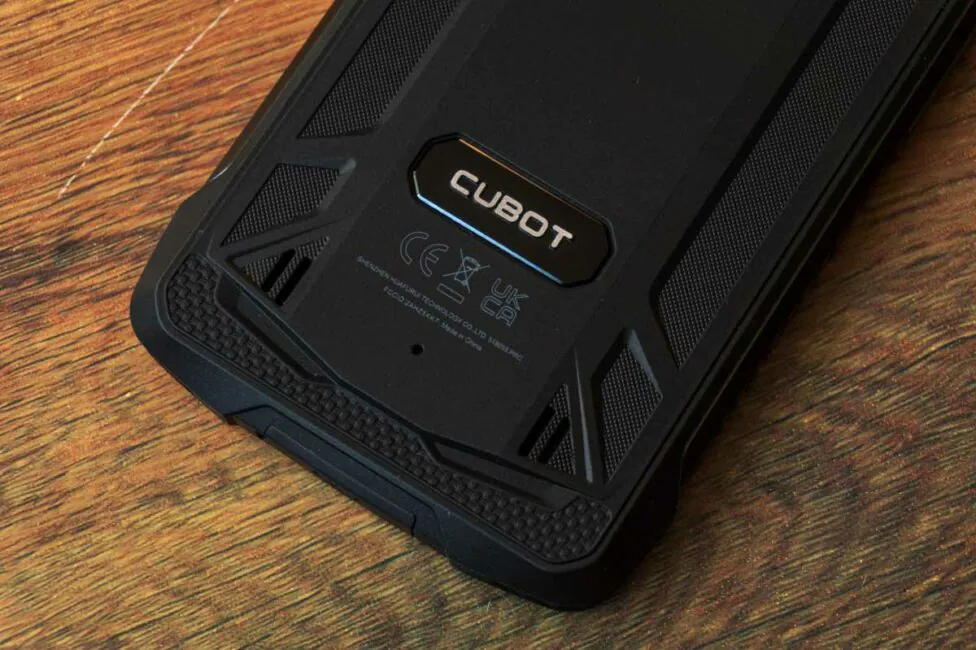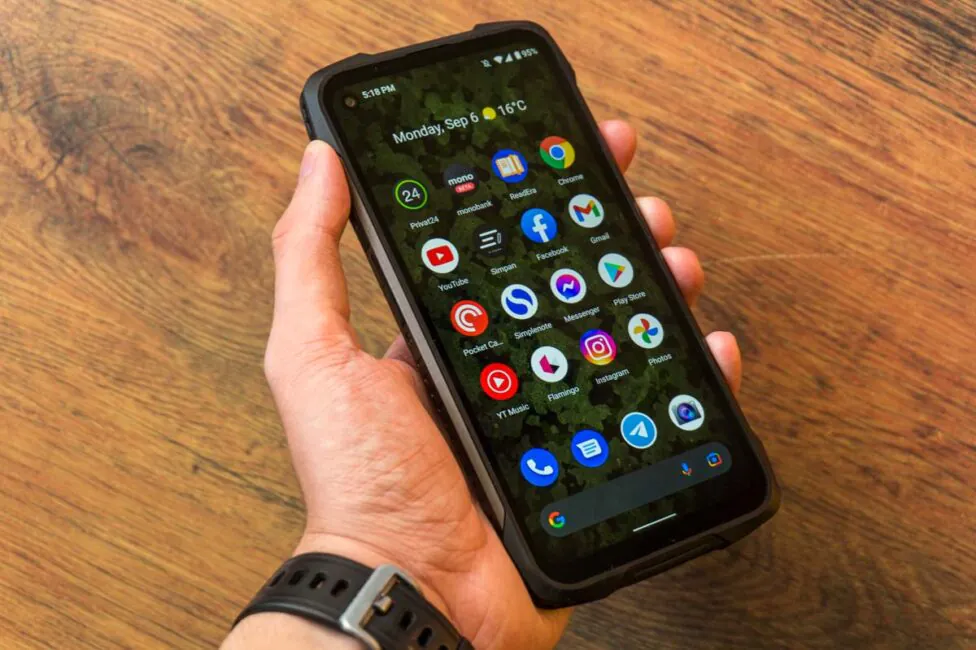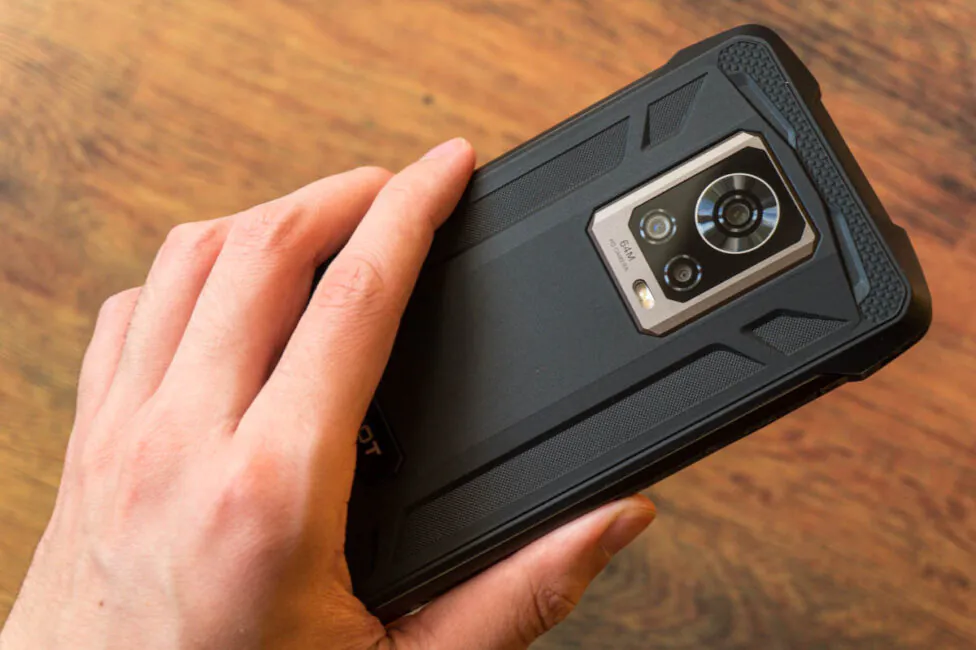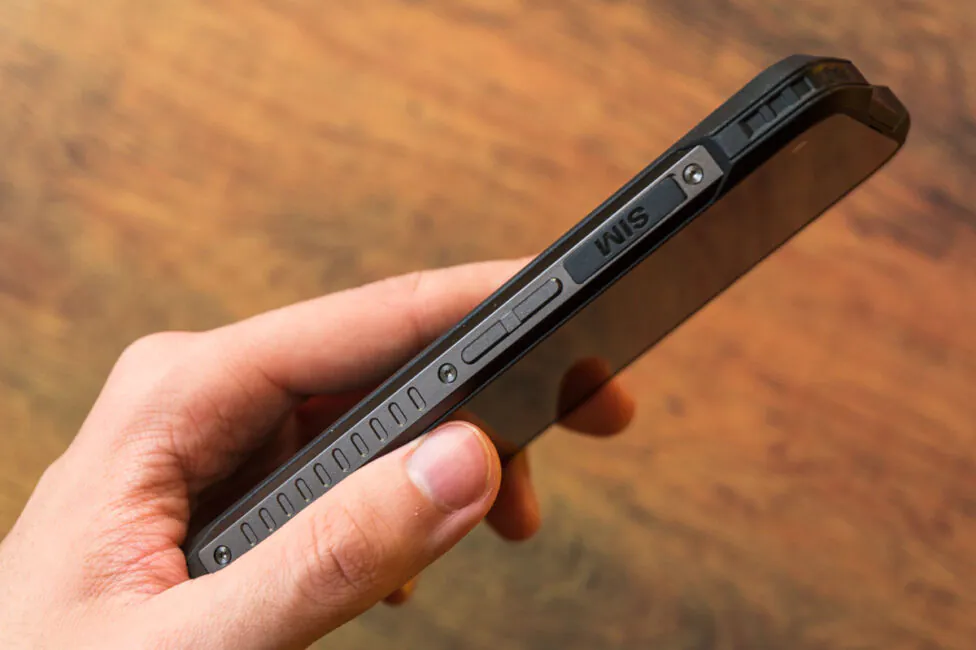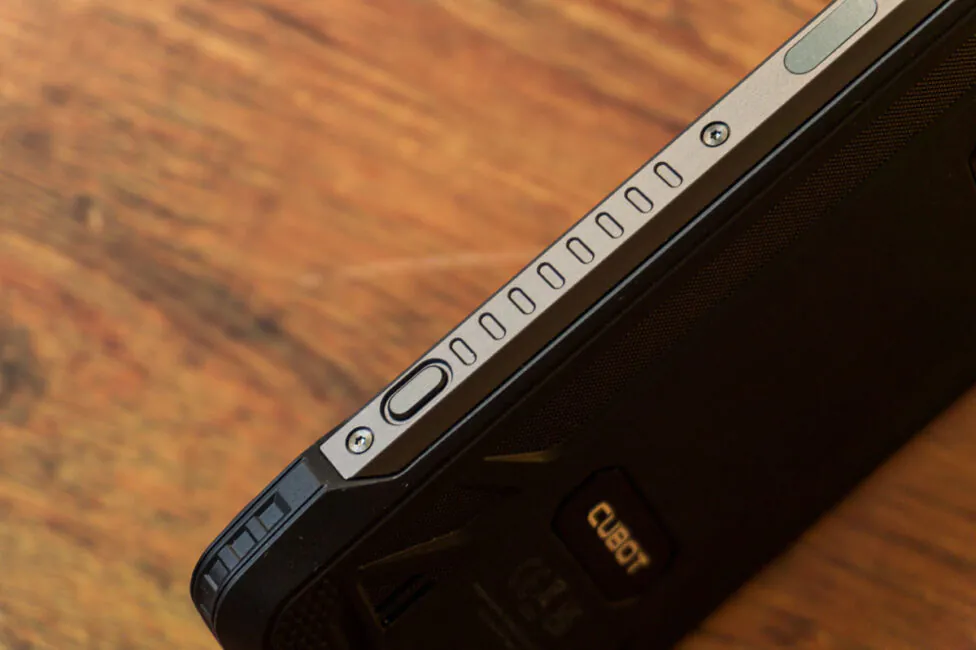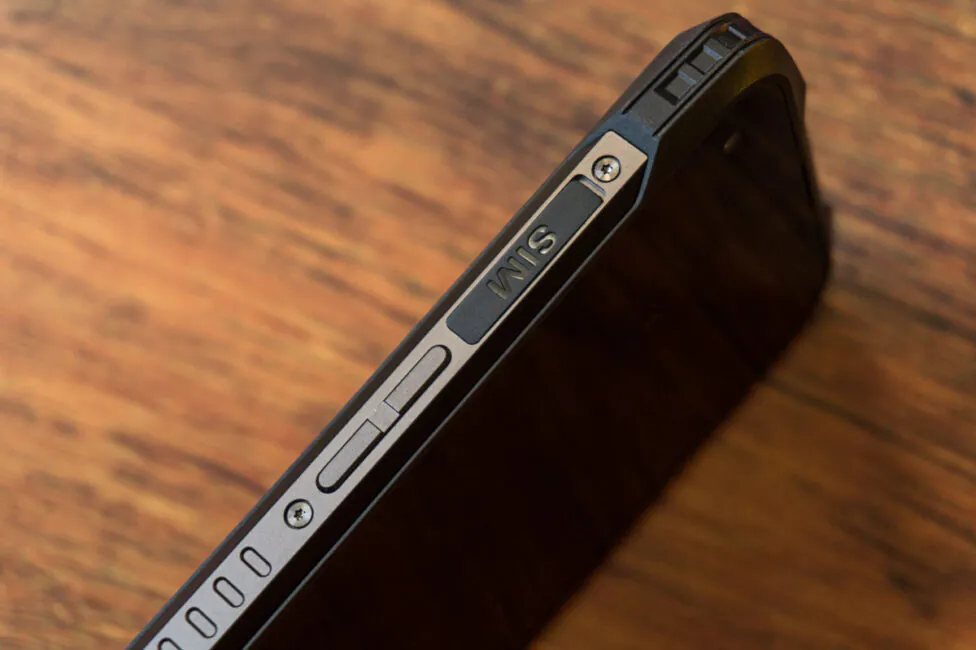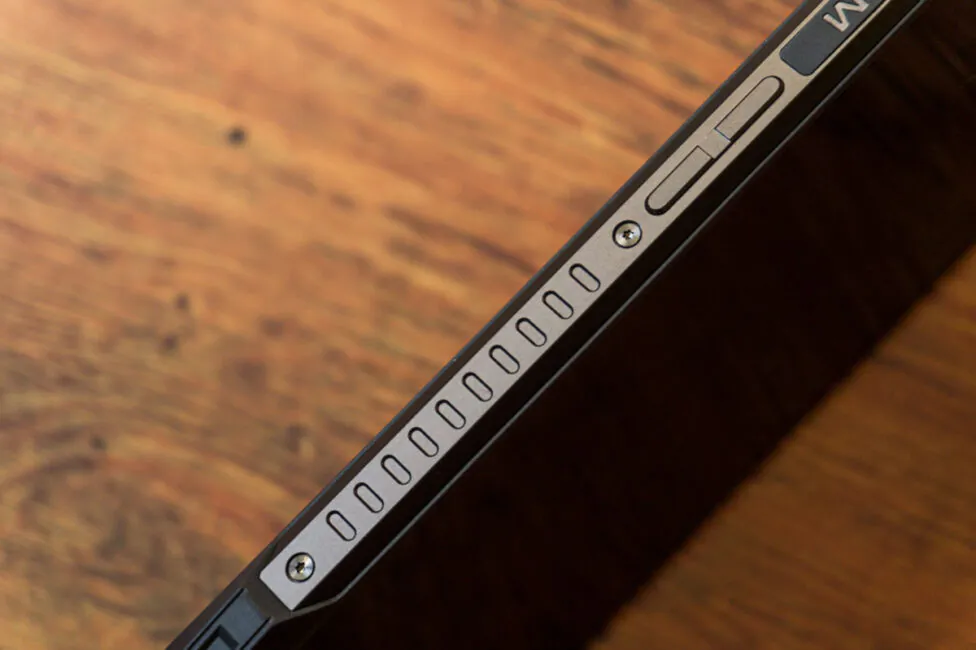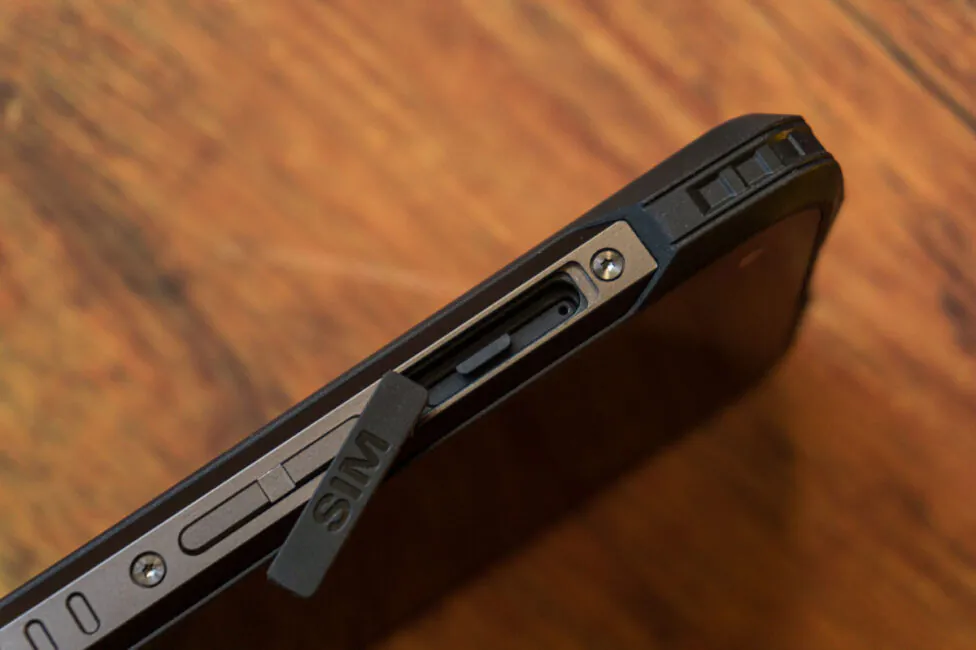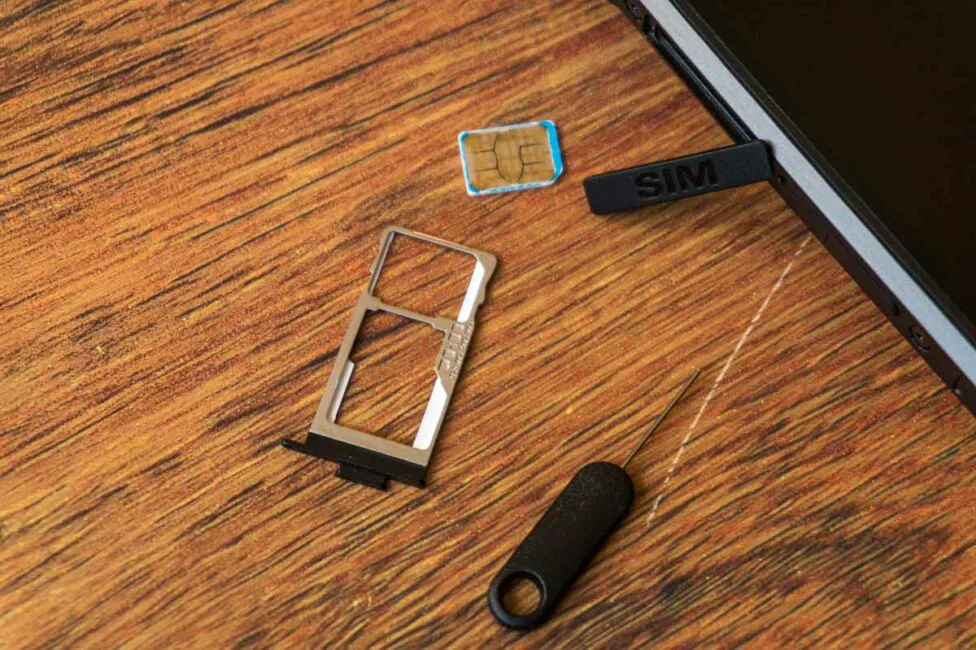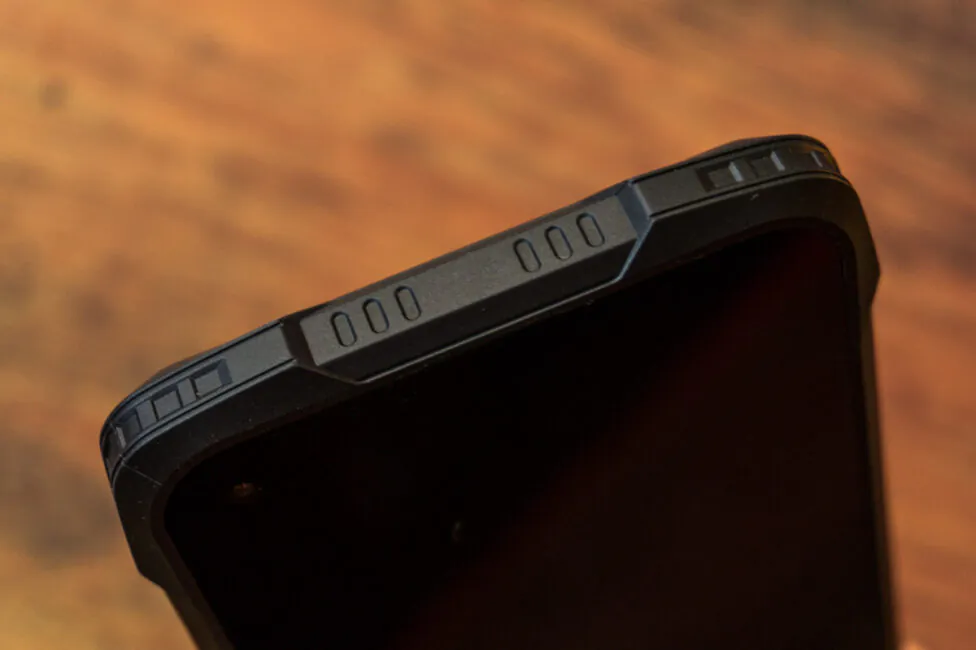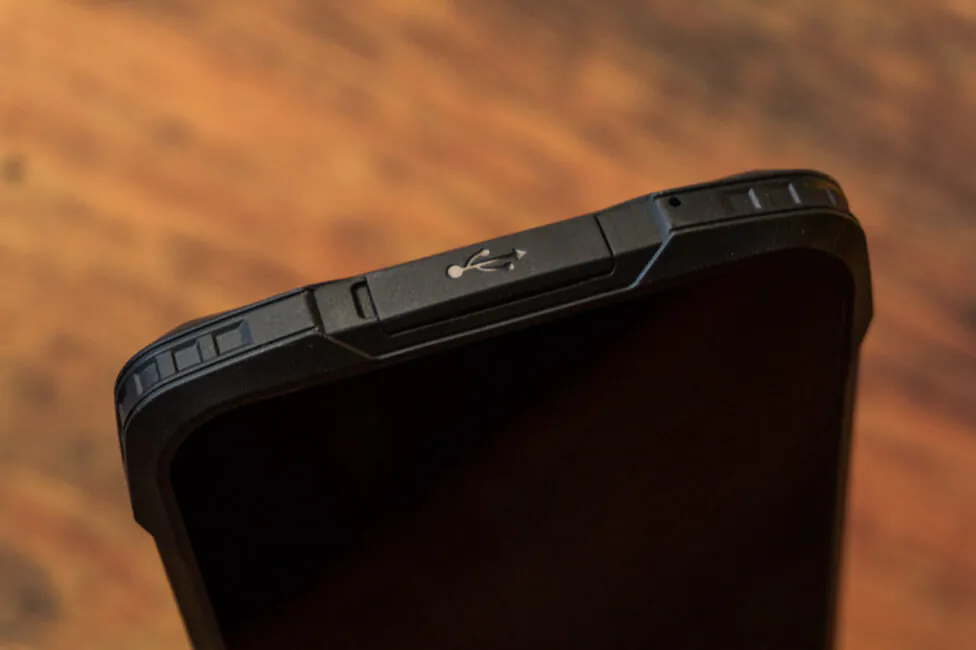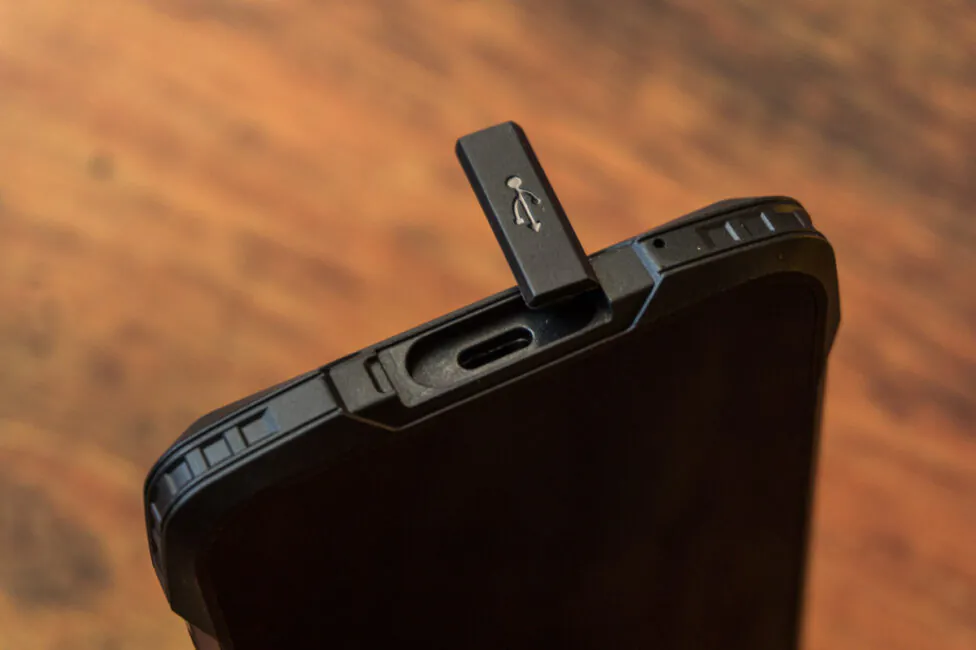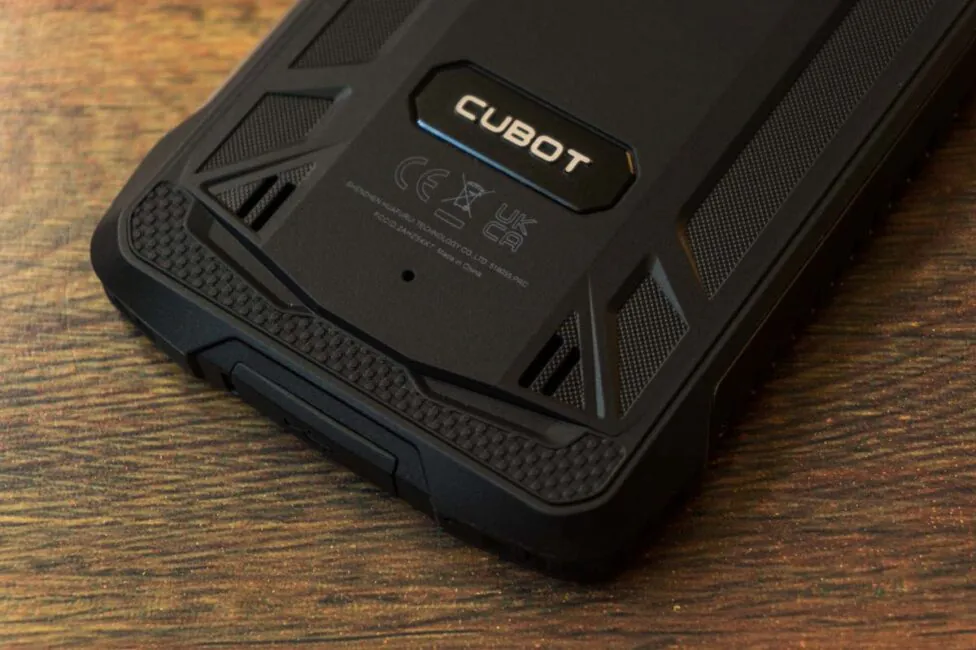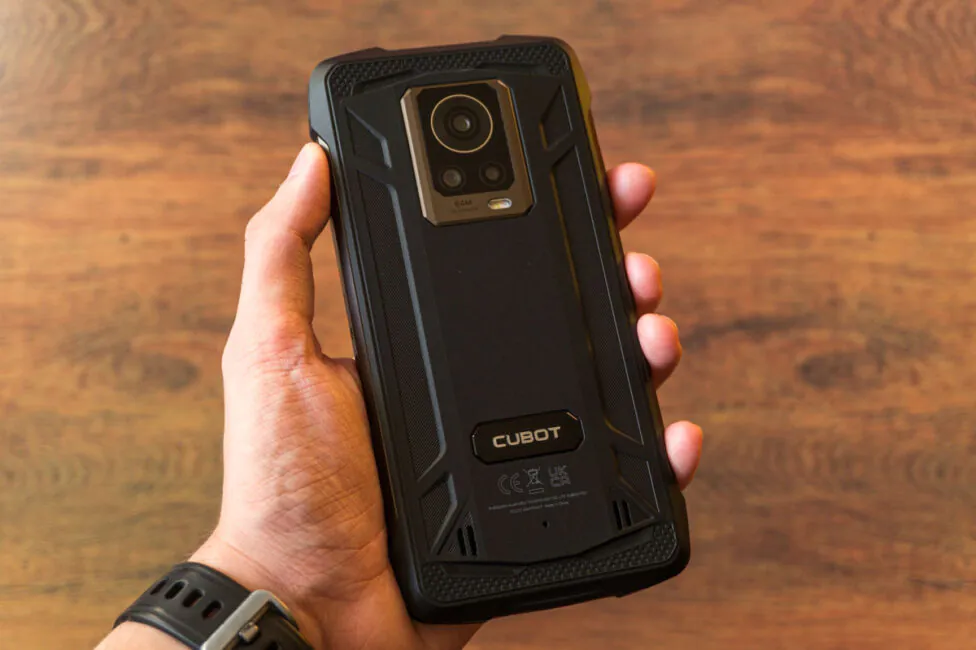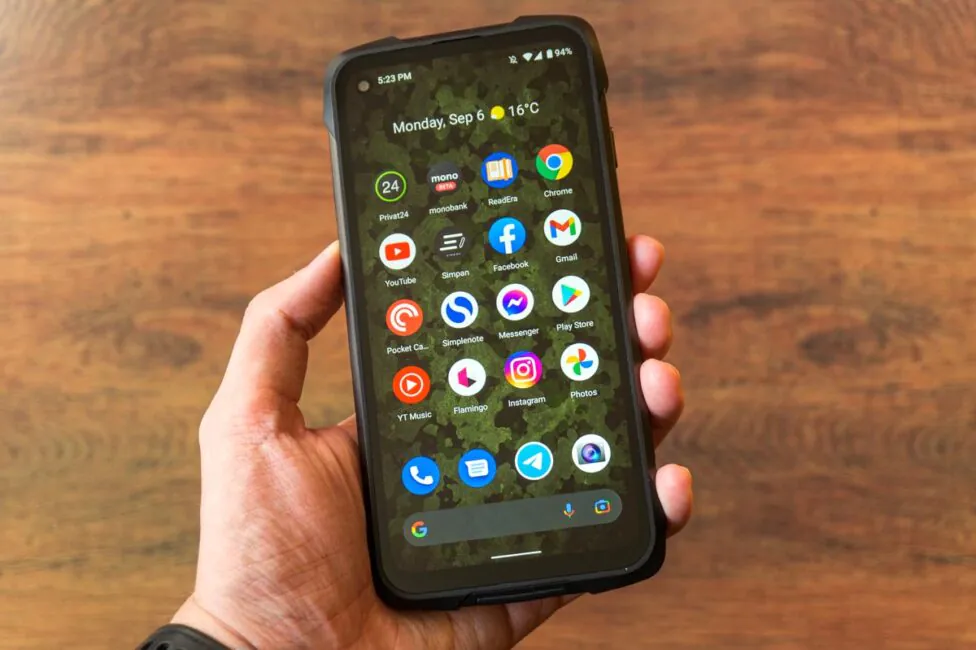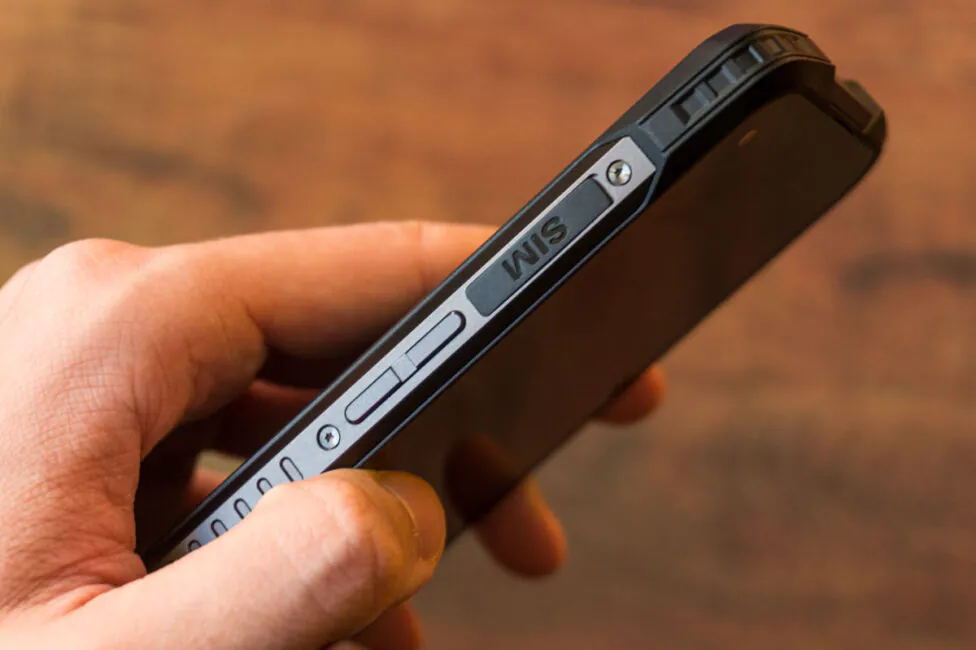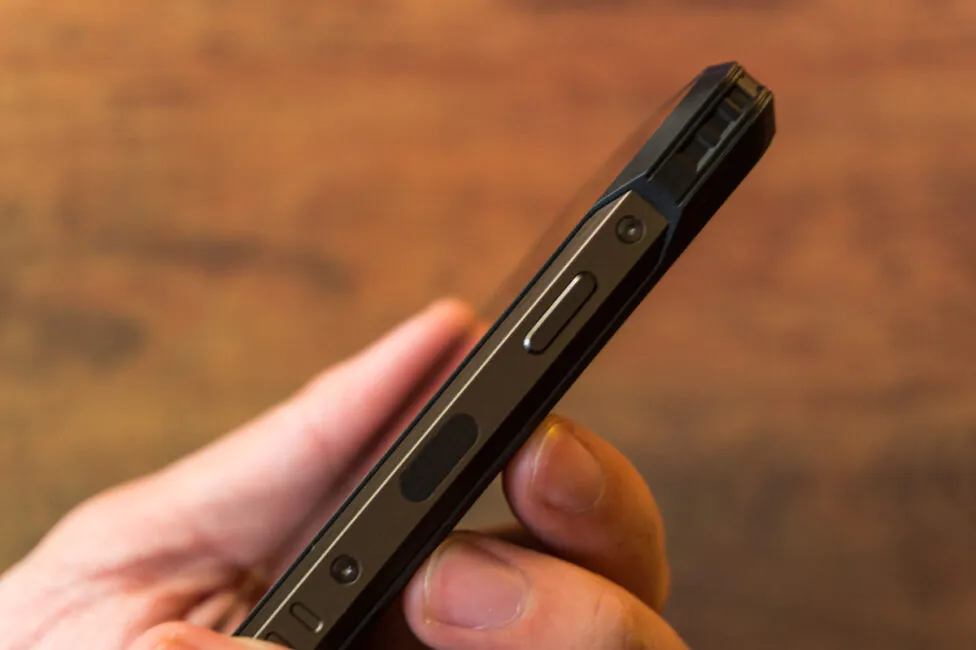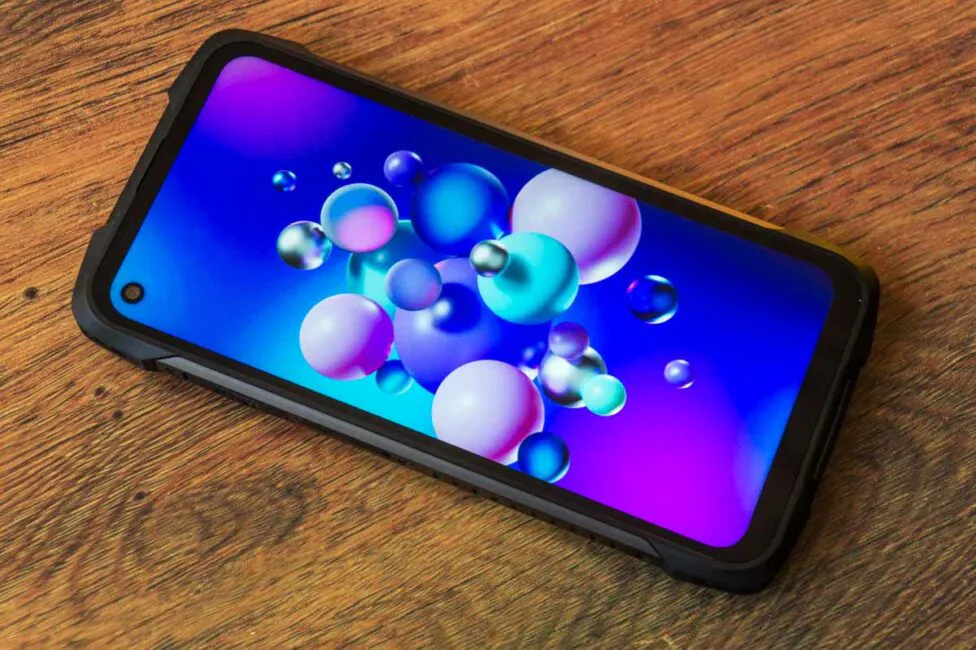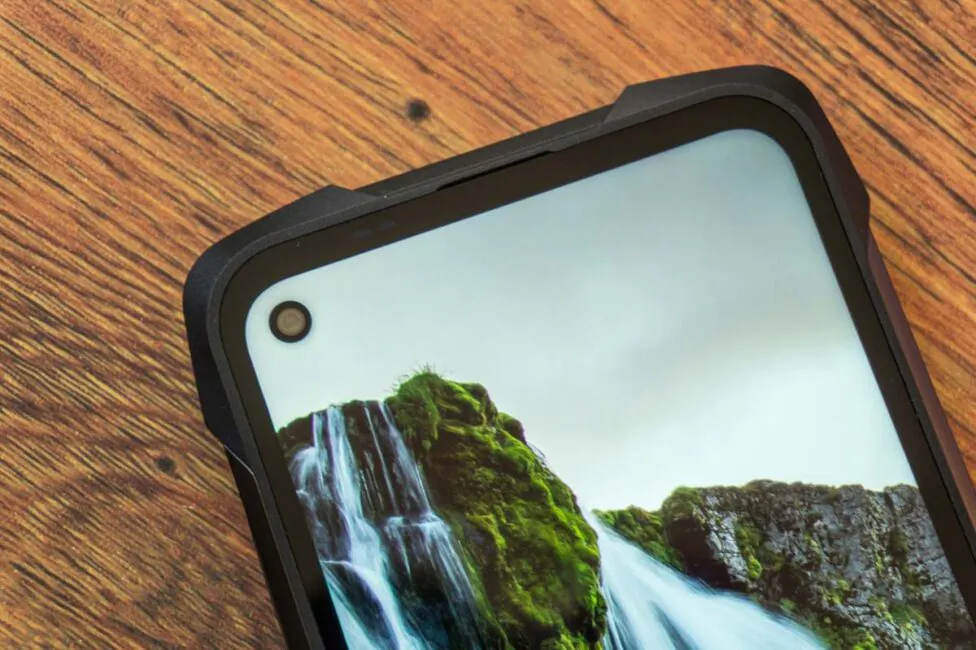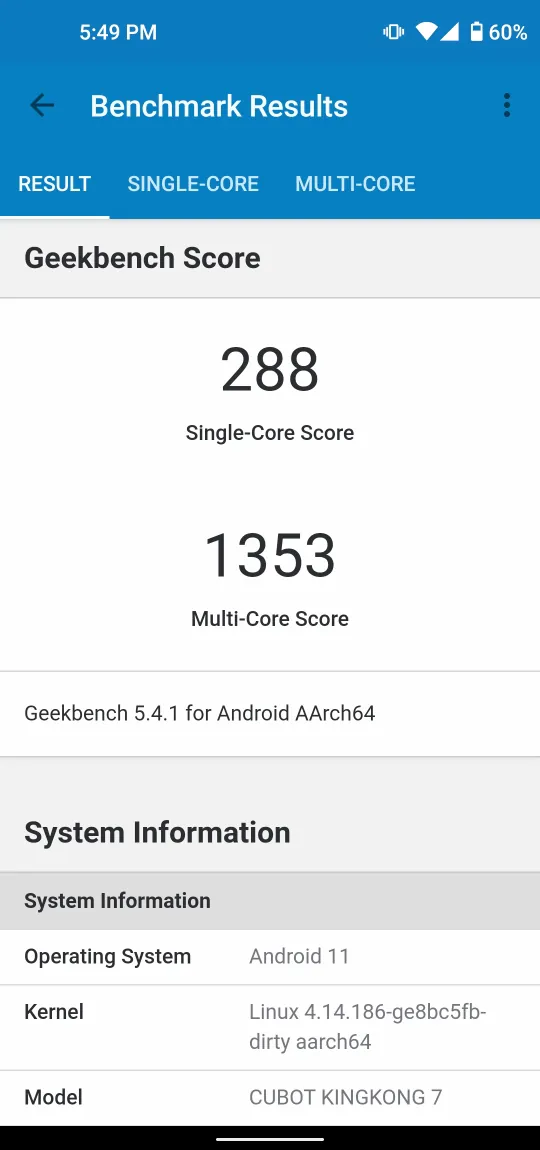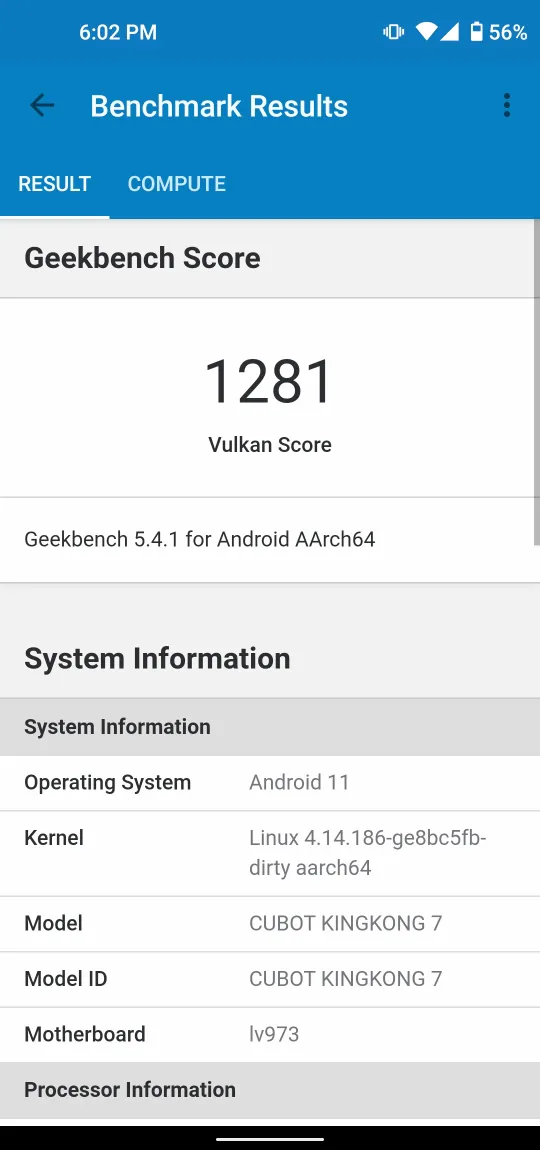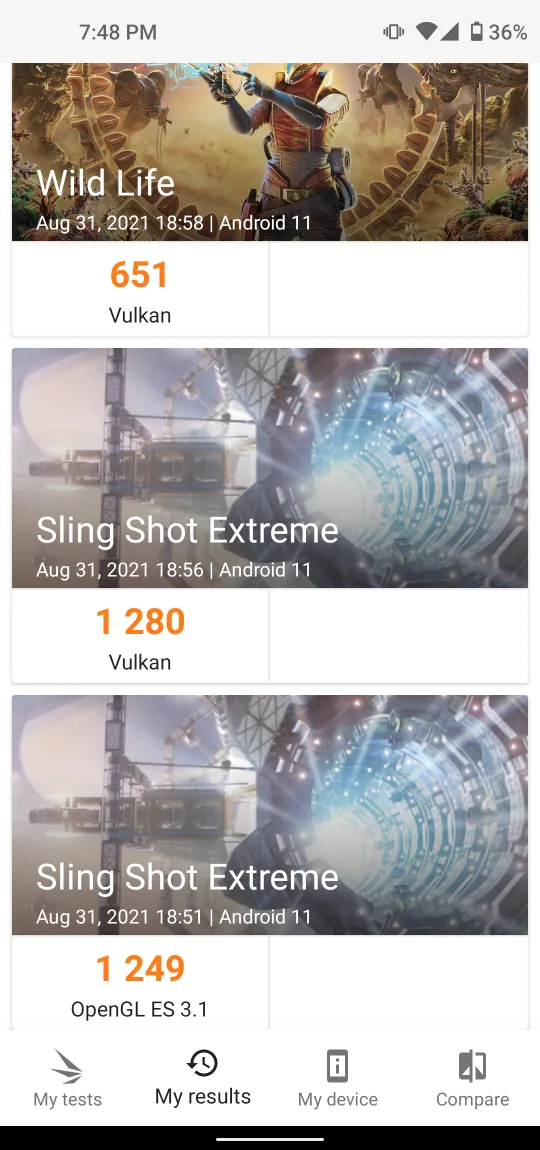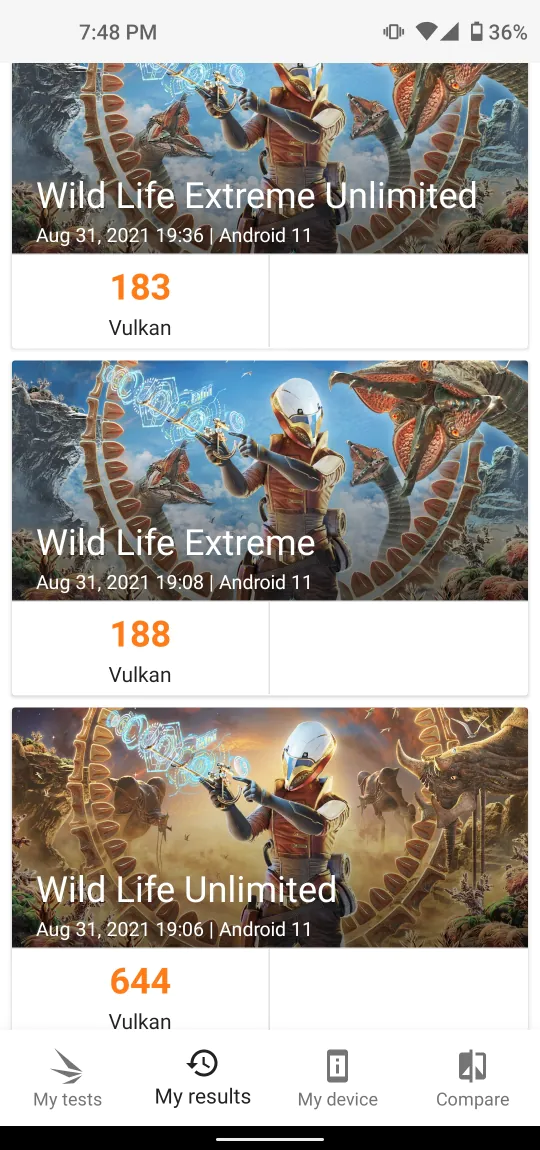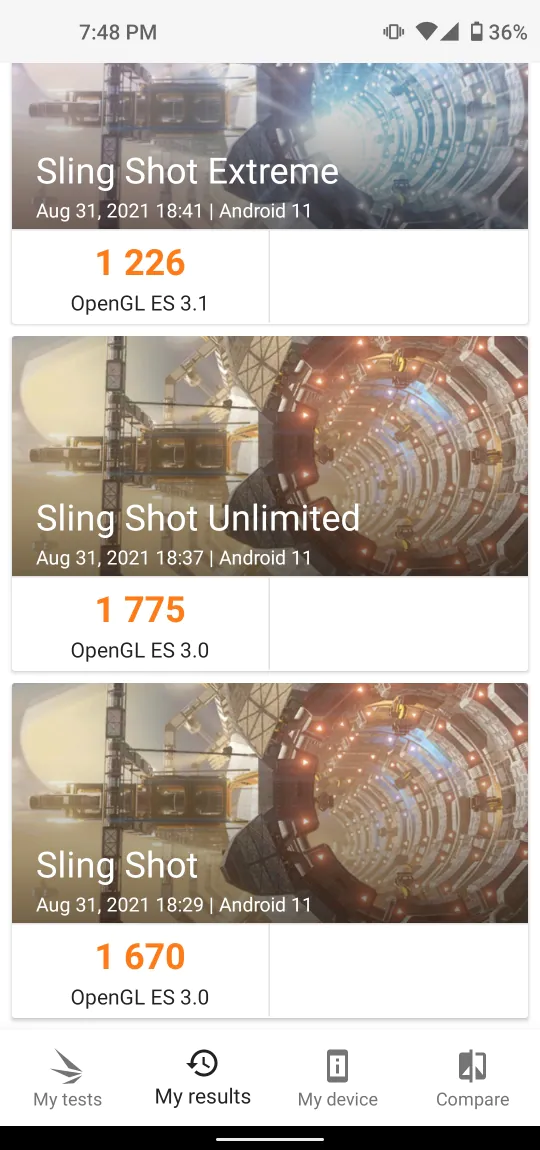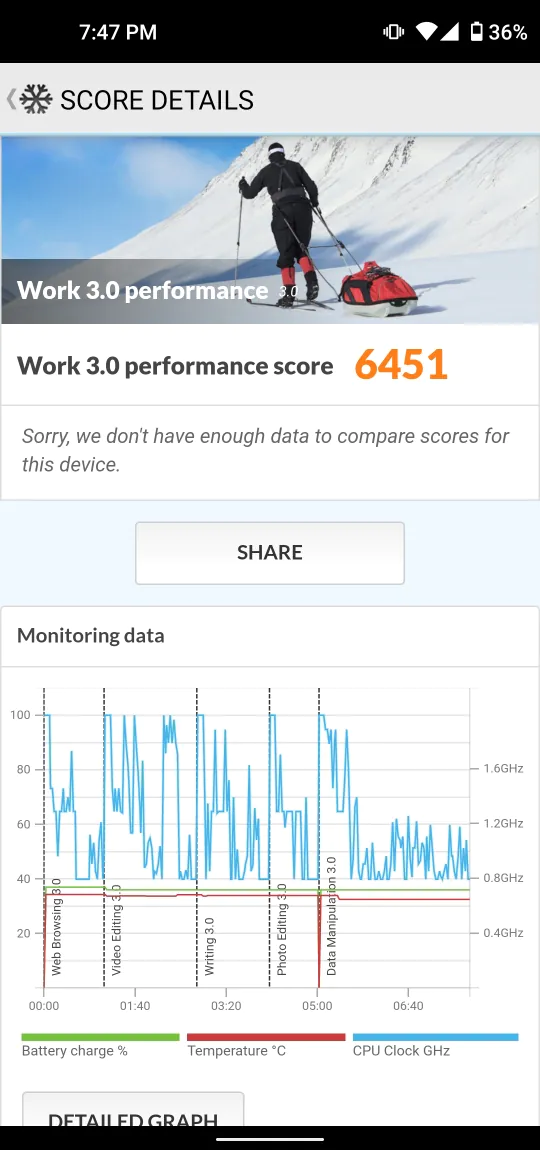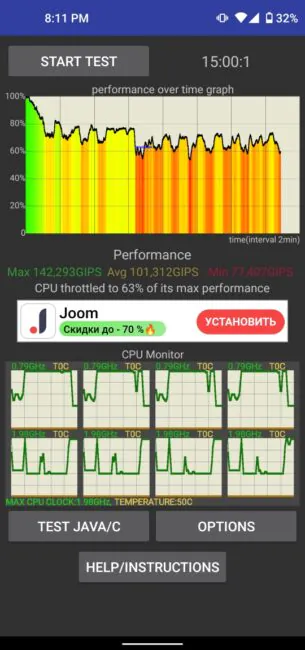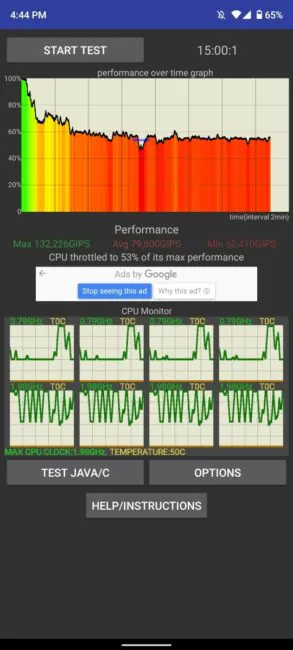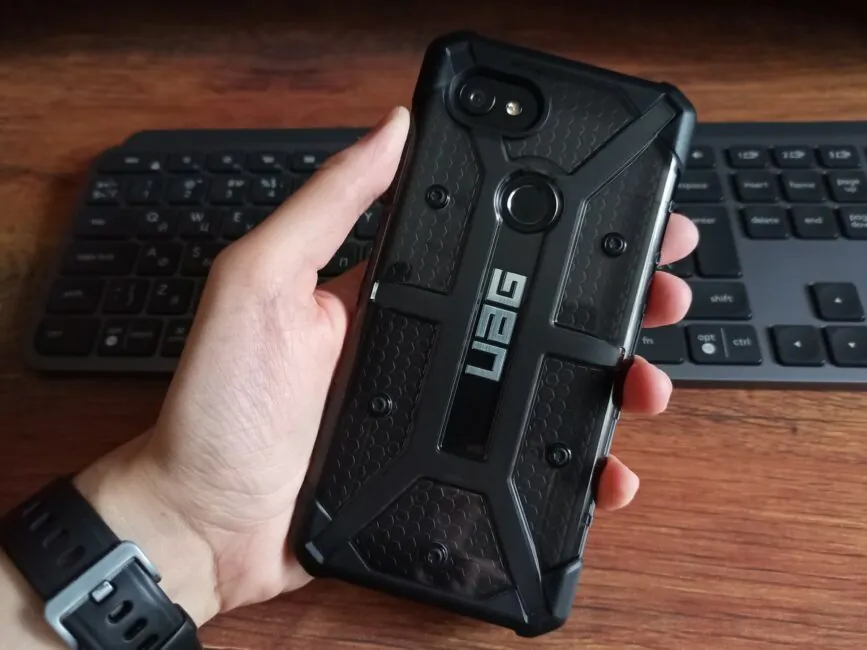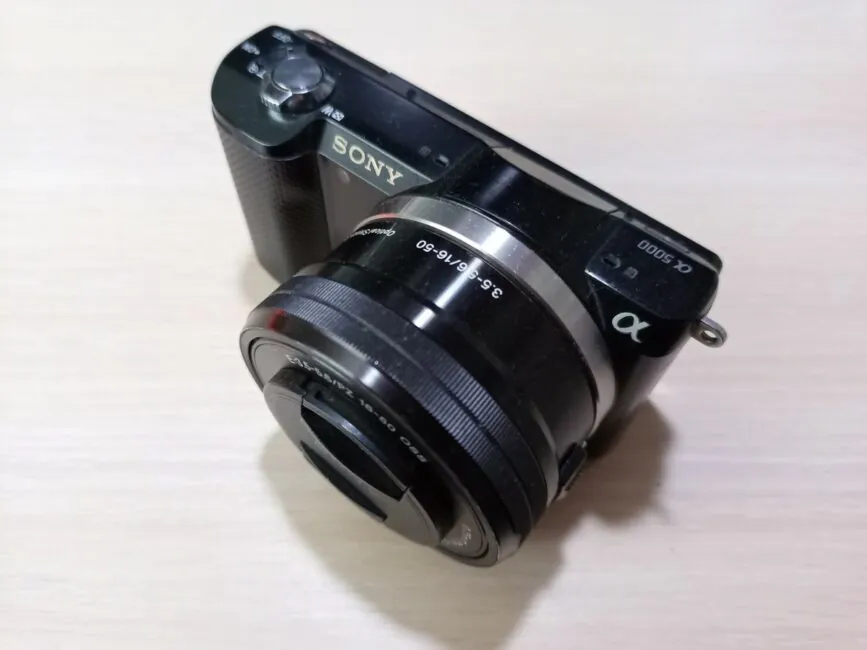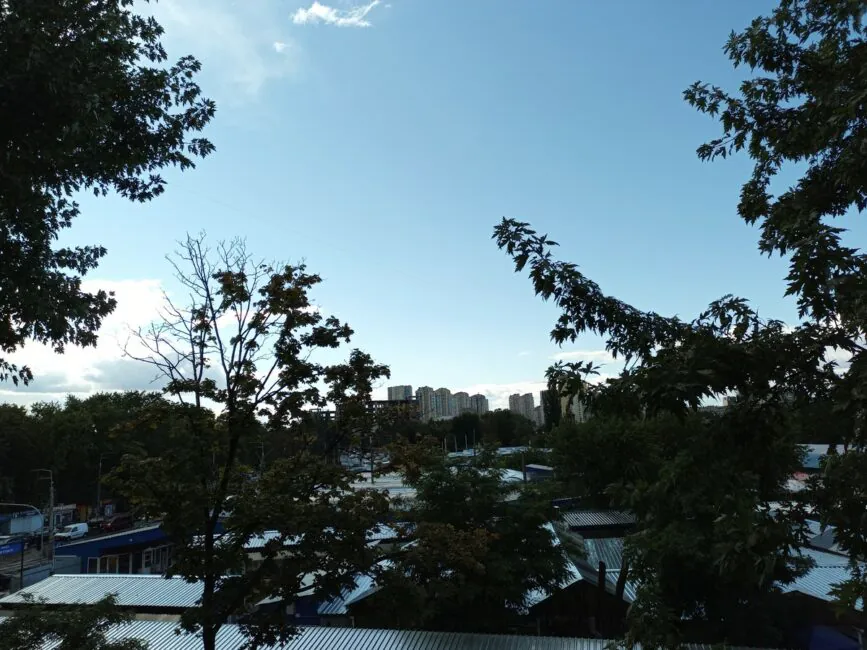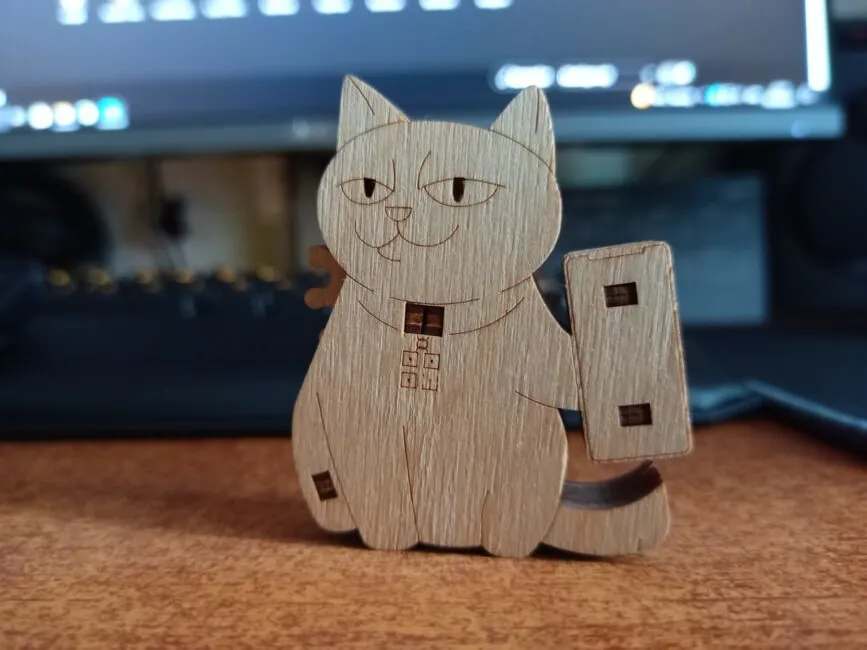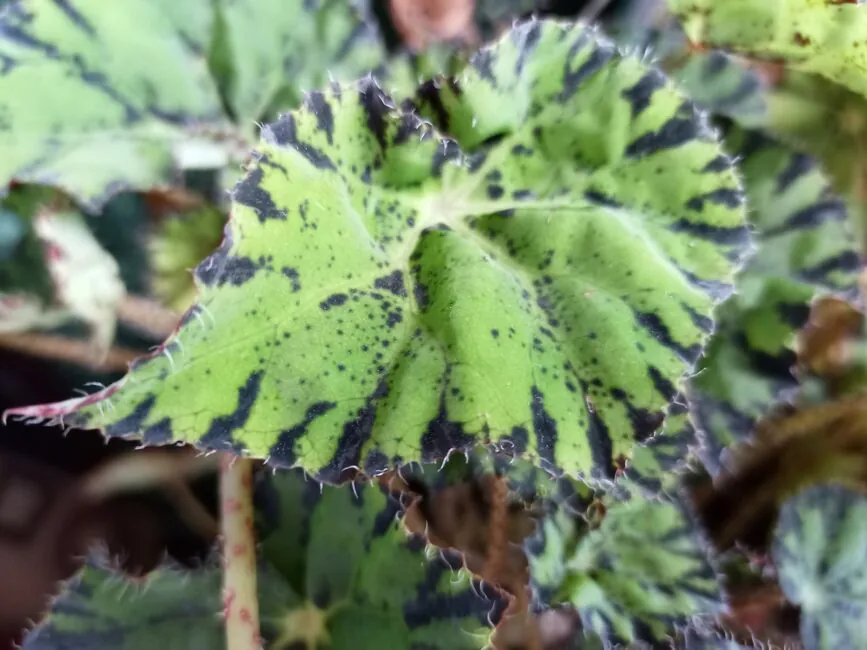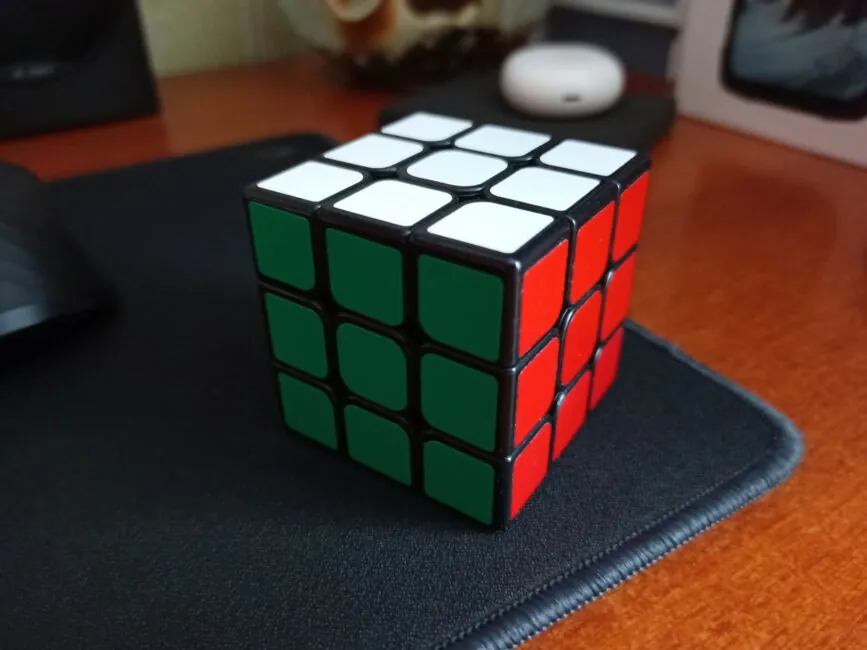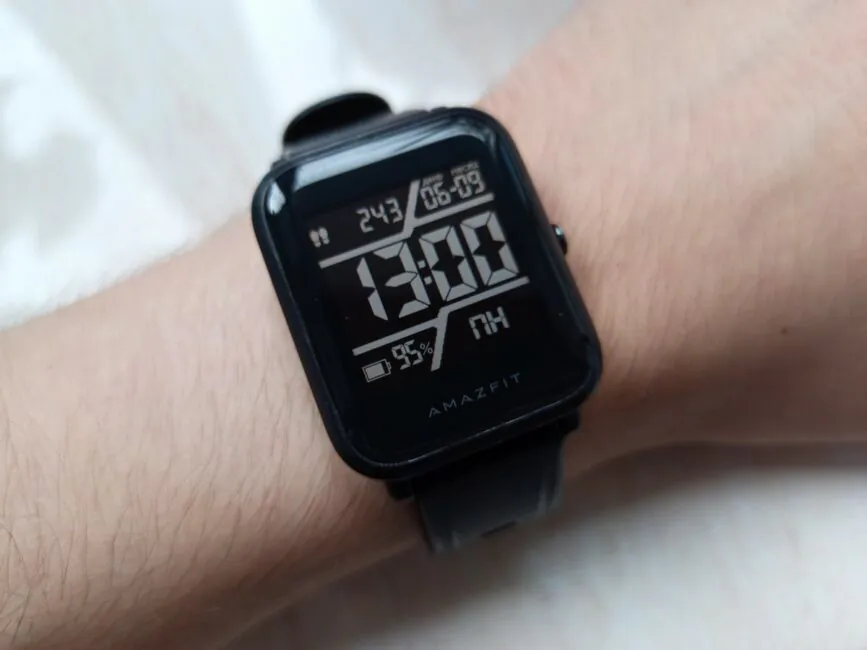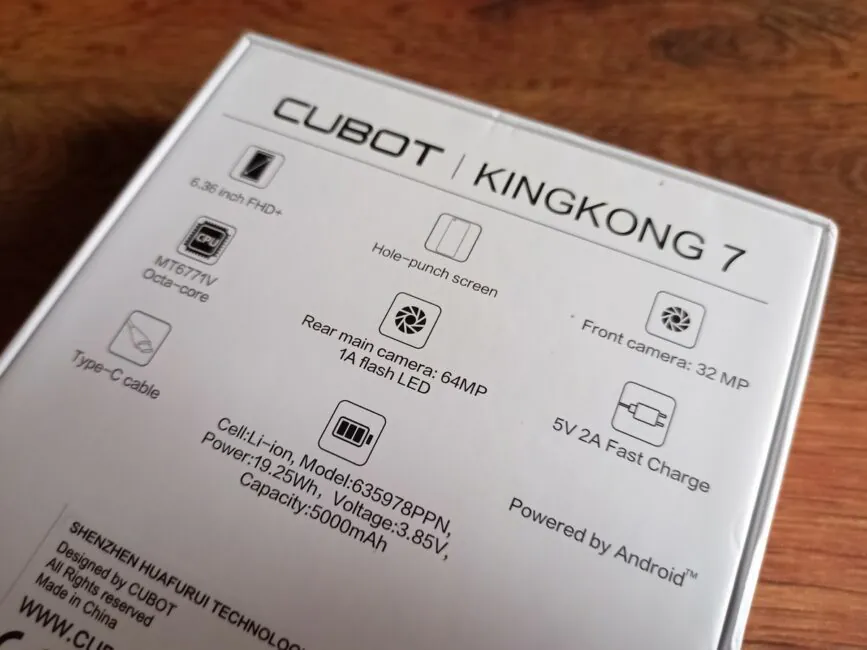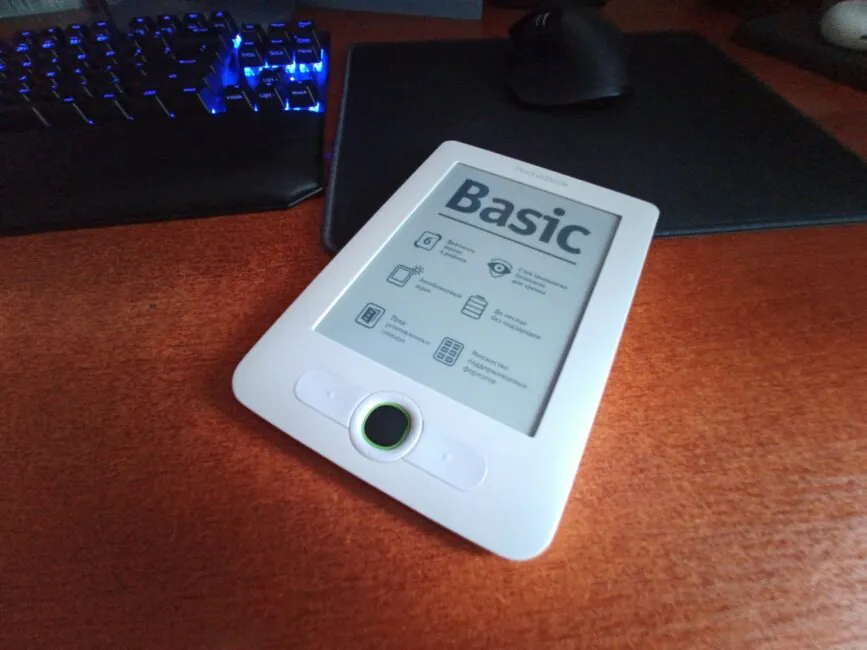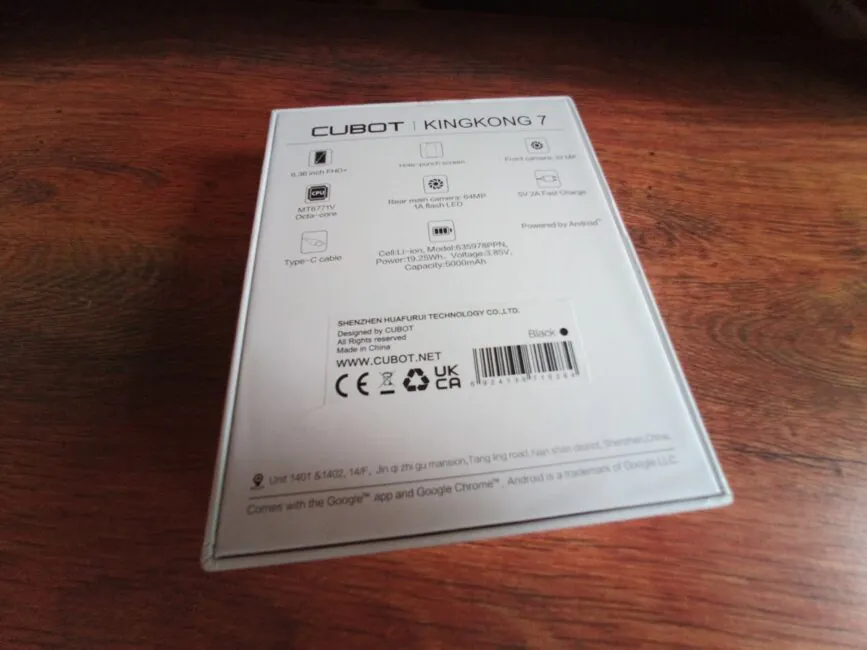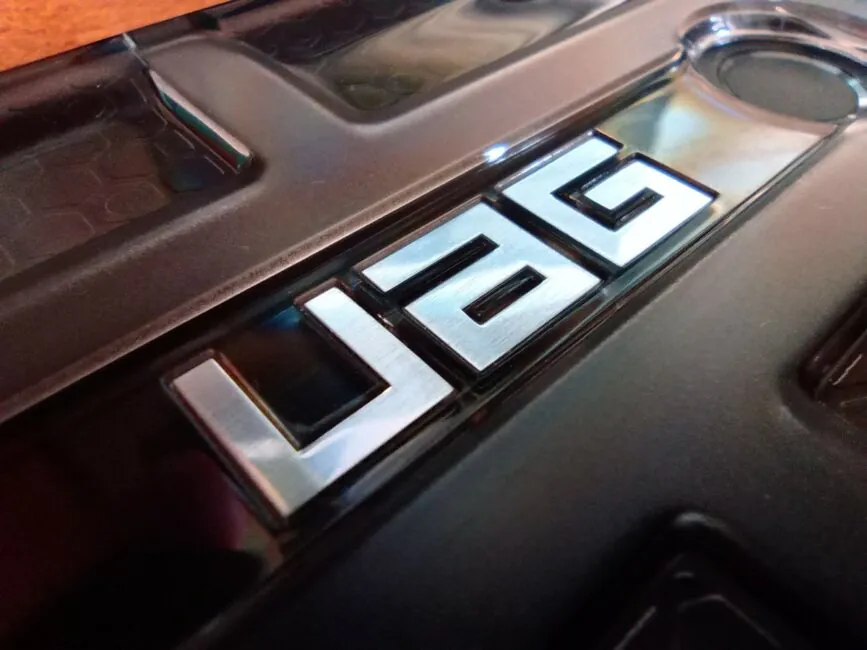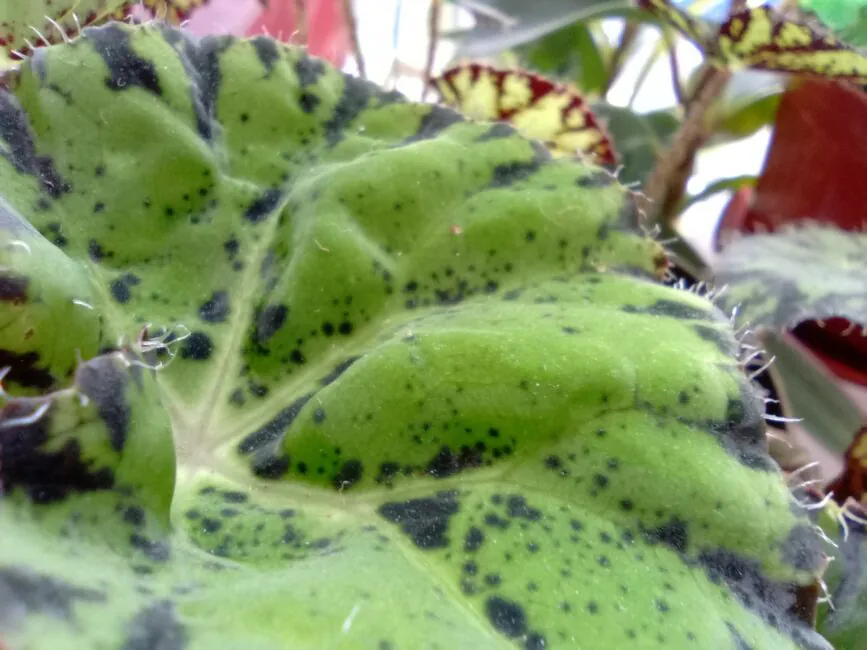© ROOT-NATION.com - Use of content is permitted with a backlink.
The class of rugged smartphones has never been in great demand, and if earlier some well-known manufacturers made protected versions of their flagships, now there are only mid-budget models left. The fact is today this niche is mainly filled with inexpensive smartphones from second-tier Chinese brands. In this review, we will get acquainted with one such example: the Cubot KingKong 7. Let’s find out what this budget rugged smartphone can do in 2021.
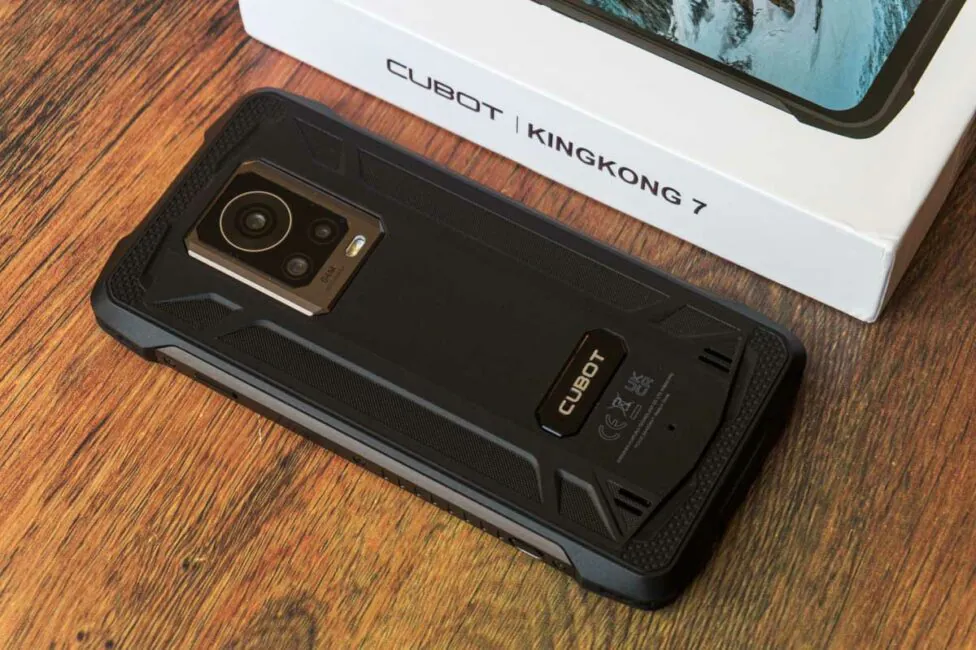
Full specifications of the Cubot KingKong 7
- Display: 6.36′′, IPS, 2300×1080 pixels, 19.2:9, 399 ppi, 60 Hz
- Chipset: MediaTek Helio P60 (MT6771V/C), 12-nm, 8-core, 4 cores Cortex-A53 with a clock speed of 2.0 GHz and 4 cores Cortex-A73 with a clock speed of 2.0 GHz
- Graphics accelerator: Mali-G72 MP3
- RAM: 8 GB, LPDDR4x
- Storage: 128 GB, UFS 2.1
- Support for microSD cards: up to 256 GB
- Wireless networks: Wi-Fi 4 (2,4 and 5 GHz), Bluetooth 4.2 (LE), GPS (Beidou, Glonass), NFC
- Main camera: triple, wide-angle module (64 MP, f/1.9); ultra-wide-angle module (16 MP, f/2.4); module for macro (5 MP, f/2.2)
- Front-facing camera: 32 MP, f/2.0
- Battery: 5000 mAh
- OS: Android 11
- Dimensions: 166.75×83.50×14.00 mm
- Weight: 267 g
- Enclosure protection: IP68/IP69K
Price
The global premiere of the Cubot KingKong 7 took place on August 23 and on the same day the sales of the smartphone started in the official Cubot store on AliExpress. The phone exists in only one modification, 8/128 GB, and it is available for $179.99. At the time of publication of this review, the actual cost may be higher, but with various discounts and promotions, the smartphone can still be purchased at the stated price.
Where to buy:
- Official store (16% off with DEALKK7 code)
- Official AliExpress store
What’s in the box
Like all other smartphones from the manufacturer, the Cubot KingKong 7 comes in a thin, almost square cardboard box. The only difference is that the box has a light design. The content is also similar to what we saw earlier: a 10W power adapter, USB Type-A/Type-C cable, wired USB-C headphones with headset function, a SIM eject tool and a set of various documentation.
All accessories are white, and a protective film is initially pasted on the smartphone screen. But, as usual, it is not very high quality and very quickly loses its appearance. There is no protective case, of course, because this smartphone simply does not need it.
The headset is the most ordinary one, extremely unremarkable in sound, but it connects via USB-C. There is no other audio port, so you will either have to be content with these earbuds, or look for some alternative options. They can be either wireless headphones or wired ones, but with a connection via an appropriate Type-C/3.5 mm adapter.
Design, materials and build quality
The design of the Cubot KingKong 7 is quite consistent with the purpose of the smartphone and the manufacturer did not try to make it look more… civilized. And although the smartphone did not receive any bright colored inserts, its design, traditionally for the class, is aggressive and brutal, with sharp lines, angular shapes and various textures and materials.
Despite all the utilitarian design, the smartphone is in places similar to “ordinary” devices. For example, the front-facing camera is embedded in the upper left corner of the screen and this solution has been used in many places. The bezels around the screen are relatively wide, but for a protected smartphone it’s fine.
The rear panel looks impressive enough thanks to a few things. First, the massive block of cameras stands out strongly. The main module is additionally highlighted by a wide ring with a pattern in the form of concentric circles, which even more attracts attention. Secondly, there are areas with different textures.
The materials of the case are not directly specified by the manufacturer, but there’s no secrets there. The glass is in front, the case itself seems to be plastic, but from the outside it is entirely covered with some kind of rubberized material. On the edges there are oblong matte metal inserts. All structural elements fit perfectly, nothing creaks.
The body of the smartphone is protected according to the IP68/IP69K standard and this is a rather unusual combination. IP68 is full-fledged protection against dust and moisture; device can be immersed to a depth of 1.5 meters for up to 30 minutes. But IP69K is protection from high pressure and temperatures, which means that in theory, the smartphone will work under the influence of hot jets of water at high pressure.
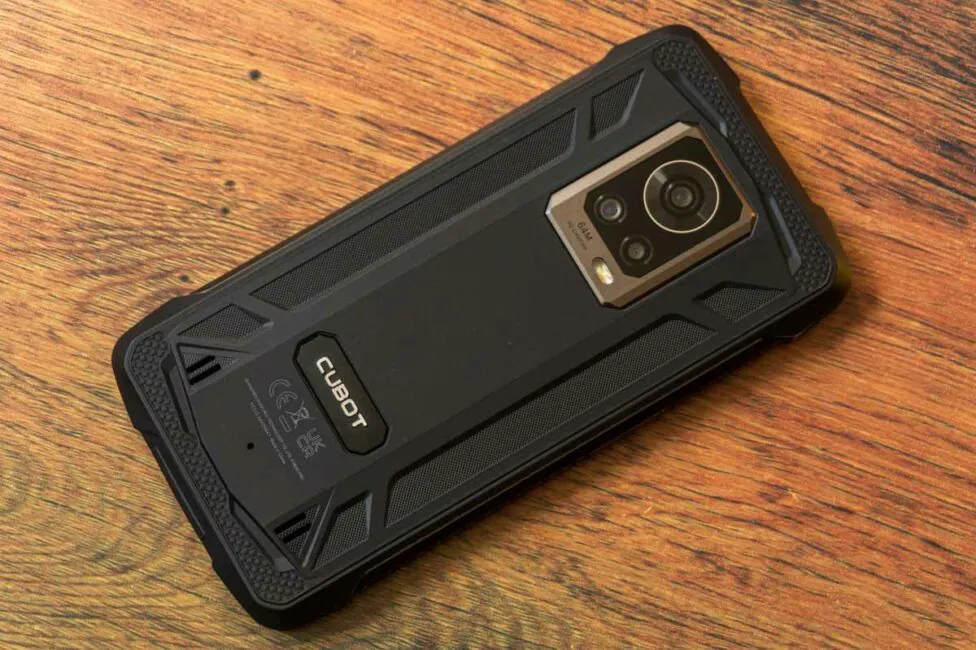
I was upset only by the fact that these are all the classes of protection available here. The device is not certified according to the American military-industrial standard MIL-STD-810G, and the manufacturer does not provide any information on protection against mechanical influences at all. Although visually, at the reinforced corners of the case, it seems that the smartphone will survive some falls and the Cubot KingKong 7 will clearly be more enduring than a standard device.
Read also: Cubot X30 review. Testing the Capabilities of Affordable Flagship Lookalike
The layout
In the front, in the upper part, there is a recessed slot with an earpiece speaker, to the left there are light and proximity sensors, and next to them is a blue LED indicator. In the upper left corner of the screen is the previously mentioned front-facing camera.
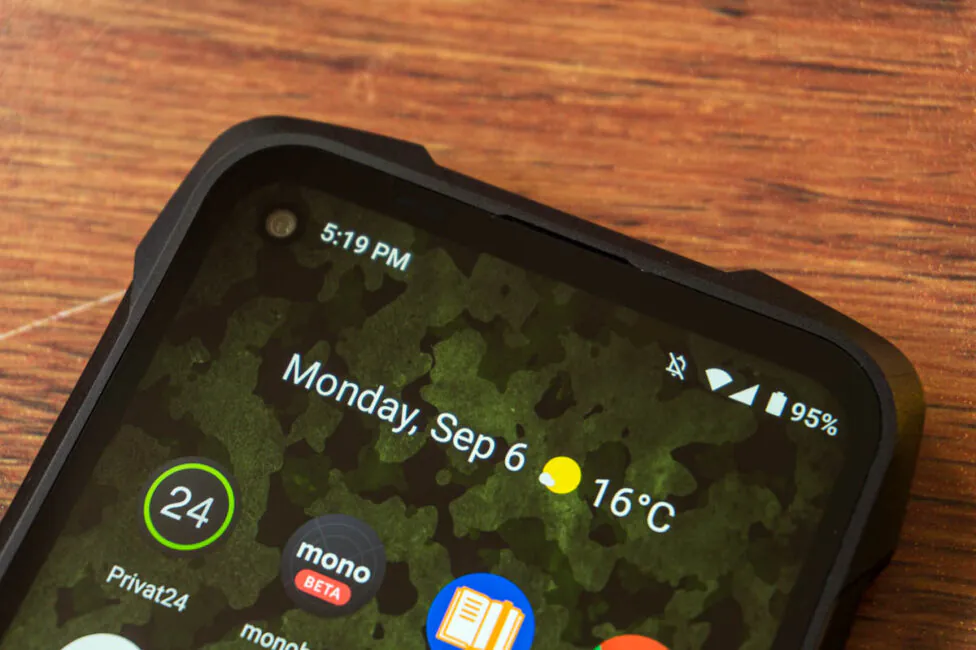
The metal part on the right has a large metal power key, a separate fingerprint scanner pad just below, and at the very bottom there is a separate physical smart key that launches any selected application. There is also a row of small indentations for better grip.
On the left, on the same panel, there is a rubberized cap, under which a metal combo slot is hidden: either for two nanoSIMs, or for one nanoSIM and a microSD memory card.
A slot has a kind of handle, but you still won’t be able to get it without the appropriate tool. There is also a paired volume rocker and the same indentations as on the right side.
There are no functional elements on the top of the smartphone, only decorative grooves. At the bottom, you can find only the opening of the main microphone and another plug, under which, in turn, the USB Type-C port is hidden.
On the back panel in the center at the top there is a massive block with three cameras, some text and a flash. The block itself has a metal base. At the bottom there is a plastic insert with a silver Cubot lettering, tech info, and two slots with one multimedia speaker. On the right the cuts are fake, and the speaker is located on the left.
Ergonomics
There’s no real point in talking about the ergonomics of a rugged smartphone, because for the most part, such devices are equally massive and heavy. They do not have to be convenient, since they focus primarily on reliability. As for the Cubot KingKong 7 specifically, its dimensions are 166.75×83.50×14.00 mm, and the smartphone weighs as much as 267 g.
That is, this is a large and heavy smartphone, which, at least in width and thickness, will be larger than a classic smartphone in a large case with a 6.4-6.7″ screen, not to mention a much greater weight. The KingKong 7 fits in pocket, and the keys are located are on different sides and at a comfortable height for use, just like the platform with the fingerprint scanner.
The metal inserts on the left and right ends are a little slippery, but due to the small notches available there, the smartphone feels a little more confident in the hand. It is extremely difficult to use the device with one hand because of the size and you have to constantly change the grip, which is inconvenient to do with such dimensions, again.
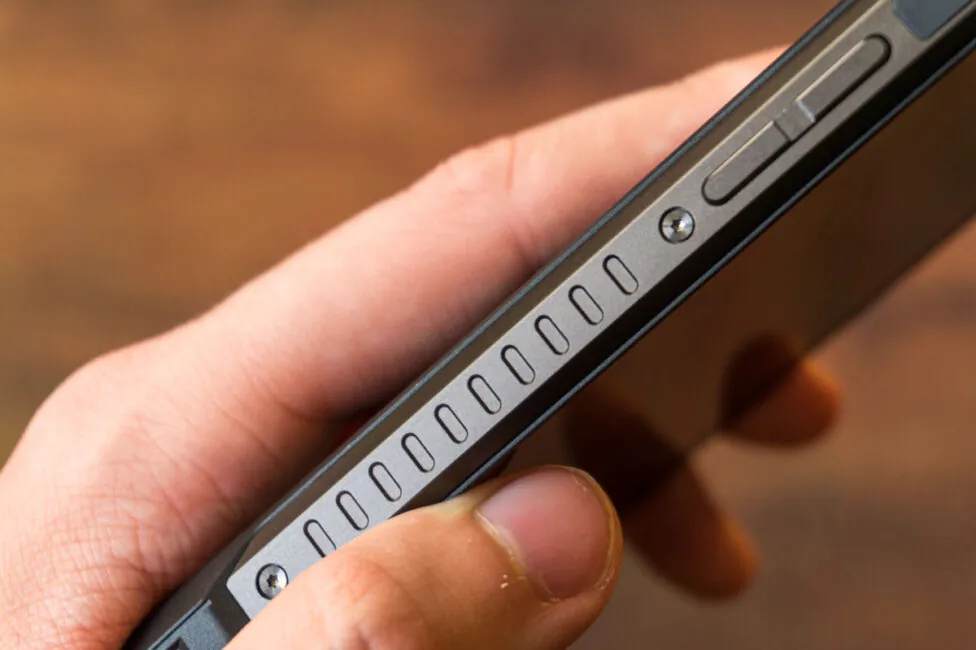
Read also: Motorola Moto G30 review – Impressive Budget Smartphone with 90Hz Display
Display
Cubot KingKong 7 is equipped with a 6.36 “display, but the type of matrix for some reason is not specified by the manufacturer. Most likely it is IPS, like in the Cubot X50 smartphone. The aspect ratio of the screen is not the most usual: it’s 19.2:9, which is why the resolution on one of the sides is slightly different – 2300×1080 pixels. It is Full HD+.The pixel density is about 399 ppi, and the refresh rate is standard 60 Hz.
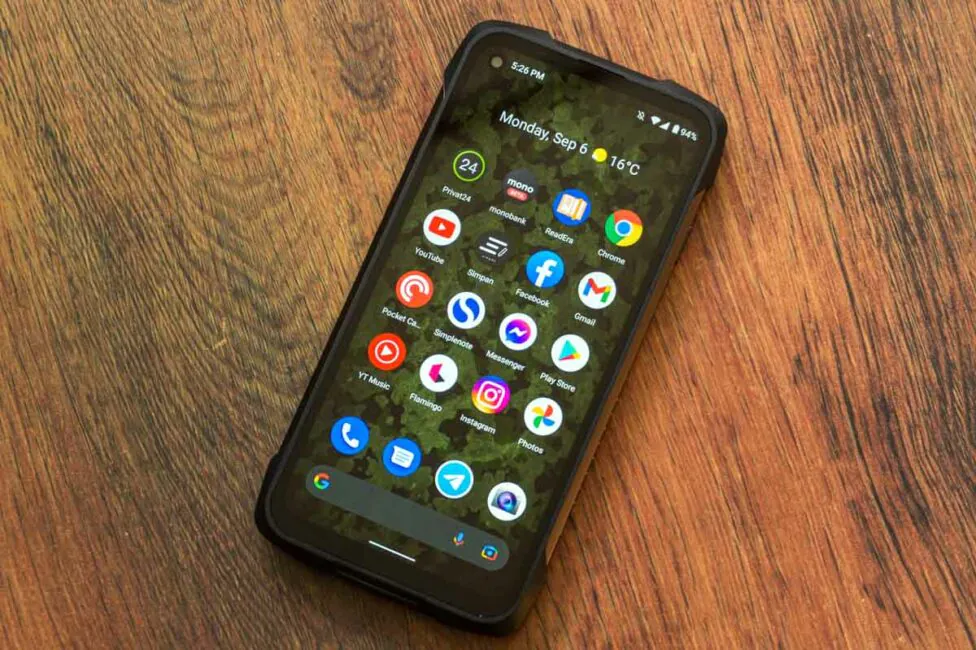
The quality of the screen is quite good. The resolution is more than enough, all text and small icons look clear on the screen. The colors are relatively saturated and contrasting, but without unnecessary embellishment. I mean, in terms of color rendition, by and large, there are no issues, but it cannot be adjusted. Much more important for a rugged smartphone is the maximum brightness level and viewing angles.
In this regard, the Cubot KingKong 7 does not offer anything special, but I don’t think that it’s a problem. The brightness is quite enough for outdoor use even on a sunny day, but not in direct sunlight, of course. At the same time, the minimum level of brightness is too high in my opinion. Contrast is traditionally lost under diagonal angles, and with linear angles there is a barely noticeable yellow tint.
Display settings are few. It is possible to change set the dark theme, or night mode with a decrease in the blue light, as well as several parameters of the indicator LED. You also can change the font size and image scale, activate the screen when lifting the smartphone etc.
Performance
No surprises here as well. The fact is that Cubot often use the same platform in their different smartphones, regardless of the class of devices and their release date. So, the Cubot KingKong 7 runs on the good old MediaTek Helio P60 (MT6771V/C) chipset, which we saw in the Cubot X50, and even in last year’s Cubot X30.

This platform is made using a 12-nm process technology and has eight cores, which in turn are divided into two clusters: four Cortex-A53 cores operate at a maximum clock speed of 2.0 GHz, and the other four cores are Cortex-A73, but with the same clock speed up to 2.0 GHz. The tri-core Mali-G72 MP3 acts as a graphics accelerator.
Judging by the results of throttling tests, it is implemented better than in the Cubot X50. It does not lose performance as quickly, all GIPS values are higher and in 15 minutes of the test, the processor’s performance level loses 37%, while in the X50 this figure was 47%. Nevertheless, it is still far from ideal.
The amount of RAM is the same as in the previously mentioned X50, that is 8 GB of LPDDR4x type. It is enough for a variety of tasks, given that Helio P60 itself is far from the most productive chip. In the smartphone’s RAM, you can easily keep running a dozen apps that will not restart every time you launch them again.
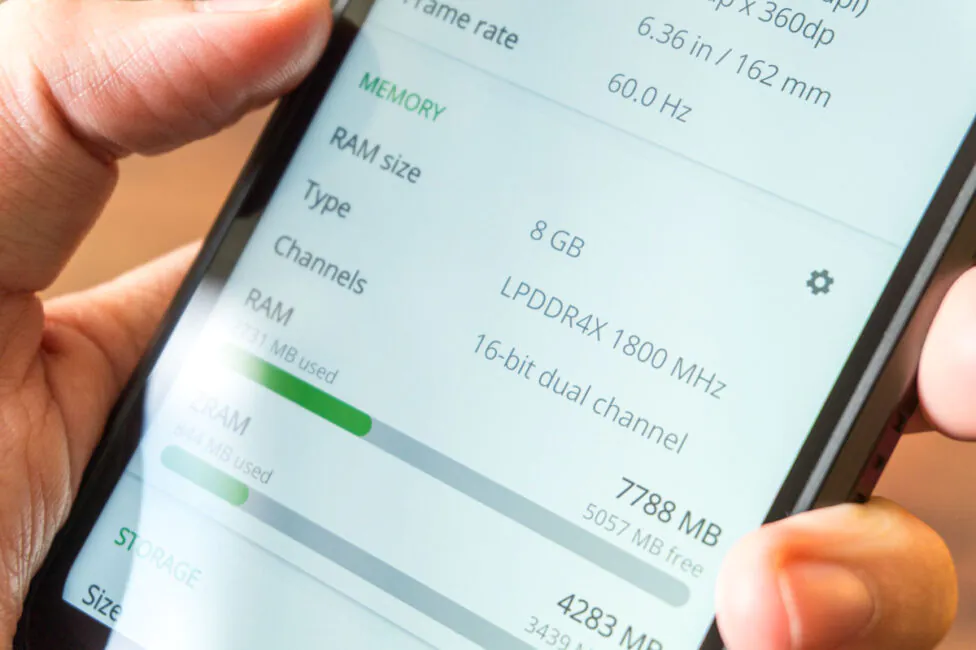
There are also no issues with the amount of storage, because the smartphone has a 128 GB drive of the UFS 2.1 type. Of these, 112.16 GB is available to the user. You can, of course, expand the memory, but in this case you will have to choose between additional memory and a second SIM card. The slot, remember, is combined. It supports microSD memory cards with a maximum capacity of 256 GB.
The smartphone works quite well, does not freeze, the UI is smooth and relatively quick. The hardware copes well with simple, undemanding games, but heavy games run on low or medium graphics settings. Below there are several examples of such titles, measurements were taken using a utility from GameBench:
- Call of Duty Mobile – high graphics settings, anti-aliasing, shadows and ragdoll animations enabled, Batthefront mode ~ 37 FPS; Battle Royale ~ 23 FPS
- PUBG Mobile – high graphics settings with anti-aliasing and shadows, ~ 30 FPS
- Shadowgun Legends – Medium Graphics, 60 FPS, ~ 26 FPS
Cameras
There are three modules in the main unit of the Cubot KingKong 7 and each of them can be shot. There are no unnecessary auxiliary modules, and the existing ones resemble a set of cameras from the Cubot X50 smartphone: a 64 megapixel wide-angle module (f/1.9), an ultra-wide-angle module with a resolution of 16 megapixels (f/2.4) and a 5 megapixel macro module (f/2.2).
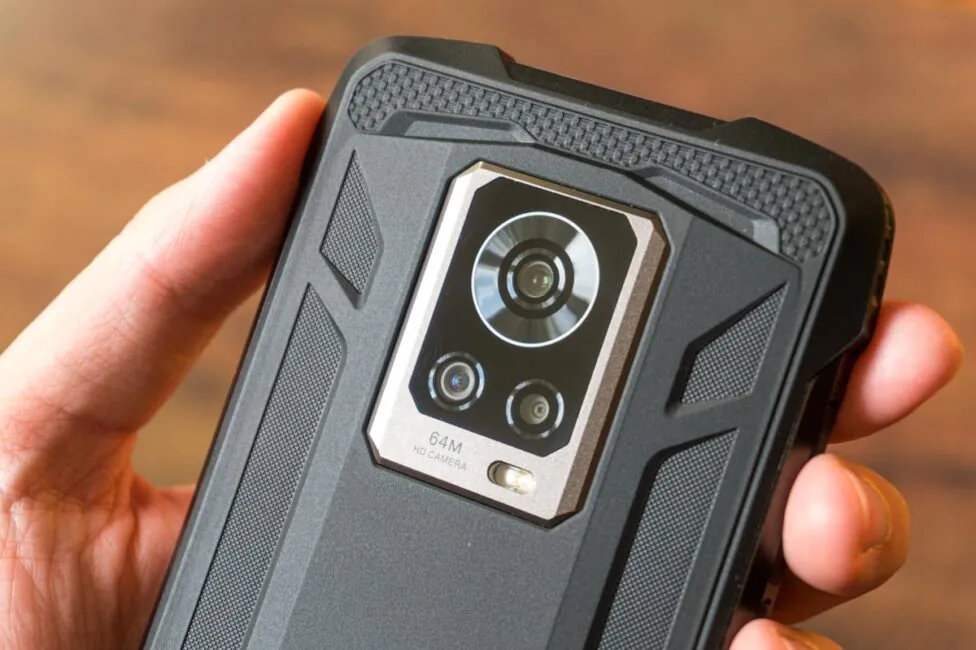
The main wide-angle module shoots at full resolution with 64 megapixels by default, but in the parameters you can choose both 32 megapixels and 16 megapixels. Interestingly, in most situations, photos with a resolution of 16 megapixels look sharper. In second place, I would place 64 megapixel photos, but 32 megapixel pictures are neither here nor there. That is, if you shoot at 16 megapixels, you will not lose quality at all.
Photos look normal during the day, with natural colors, but the smartphone still does not work correctly with the exposure. Situations are not uncommon when, even in good lighting, the pictures appear to be dark, and the light areas are overexposed. You shouldn’t really hope for evening shooting either, despite the presence of a separate night mode.
EXAMPLES OF PHOTOS IN FULL RESOLUTION FROM THE WIDE ANGLE MODULE
The ultra-wide-angle module is wide enough, but the shooting results are also not impressive. There are the same problems with exposure – the pictures are dark, plus the color rendition is noticeably different compared to the main module. But noise control is more aggressive than on the main module. This means that the output photo is less “watercolory”, but with more digital noise.
EXAMPLES OF FULL RESOLUTION PHOTOS FROM THE ULTRA WIDE ANGLE MODULE
The macro module is interesting in that it is equipped with a full-fledged autofocus and can be used to shoot even at very close distances. But the resolution is still low and a lot of light is needed so that the pics do not turn out blurry. Nothing special in terms of quality.
EXAMPLES OF PHOTOS IN FULL RESOLUTION IN MACRO MODE
Only the main module can shoot video, the maximum resolution is 1080P at 30 fps. It kinda poor, there is no electronic stabilization, autofocus is slow. It may be fine for a personal archive, but overall it’s quite bad.
The front-facing camera have a high resolution of 32 megapixels (f/2.0) but, alas, with the same problems. Earlier in my Cubot X30 review, I noted that the focus of this camera is set to infinity. Only the background is in focus and this nuance has been dragging on for several years in the manufacturer’s smartphones. In the Cubot KingKong 7 nothing was fixed. Front-facing camera shots at a maximum resolution of 720P.
The camera app has several familiar shooting modes: video, portraits, photos, beauty, filters, night mode, panoramas and a professional mode. In the latter, you can change the white balance, ISO and adjust the exposure.
Unlocking methods
The fingerprint scanner in the smartphone is located on the right side; it’s a separate platform independent of the power button, which is comparable in height to the latter, but is slightly wider. The fact that they are separate is a popular solution in the manufacturer’s devices, although a bit confusing. But maybe it makes sense in a rugged smartphone.
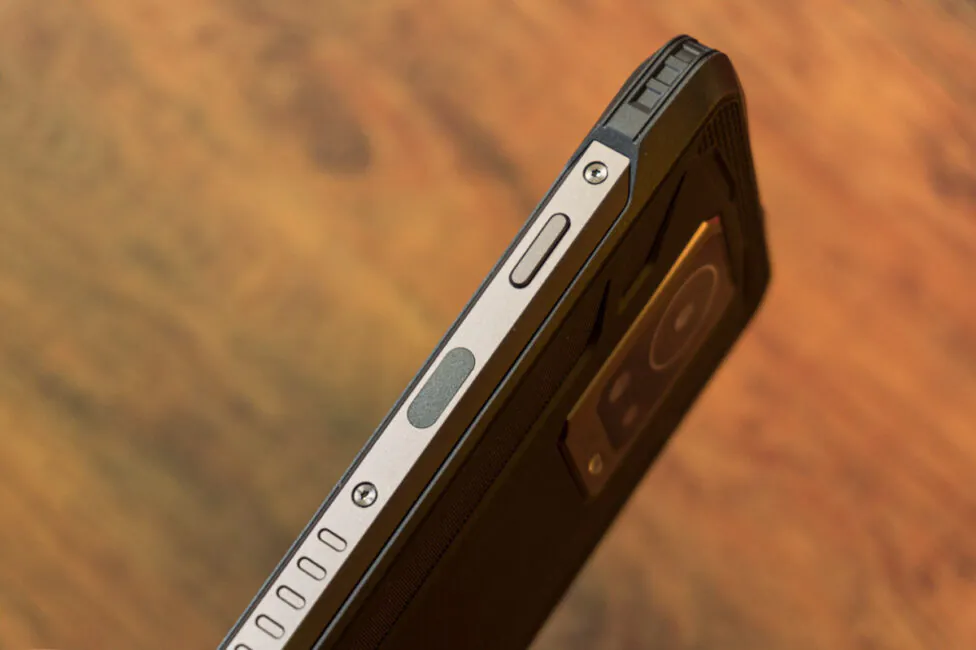
As for its performance, the scanner is still not particularly happy with the response speed and does not stand out for stability. There are not many mistakes, but sometimes it doesn’t work the first time. Unlocking, again, occurs slowly by today’s standards and is inferior to many capacitive scanners that are installed in other smartphones.
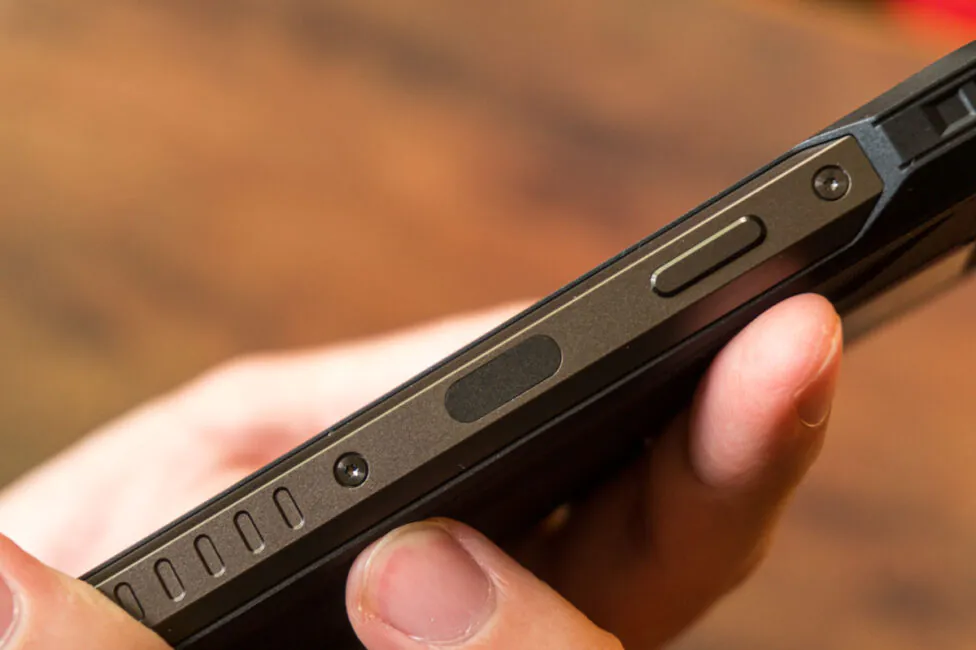
Unlocking by face is also available and this method is implemented in a standard way – the front-facing camera. The method works in almost any conditions, except for complete darkness. In terms of speed, it is comparable to a fingerprint scanner. There is no auto-brightness function here, only two options are available: triggering exclusively with open eyes and the ability to go directly to the last open screen, skipping the lock screen.

Read also: Redmi Note 10S review: Affordable smartphone with NFC and Super AMOLED
Battery life
You can also expect decent battery life from a rugged smartphone, and in this regard, the Cubot KingKong 7 is quite good. The battery capacity is 5000 mAh and it is almost always enough for two days of work.
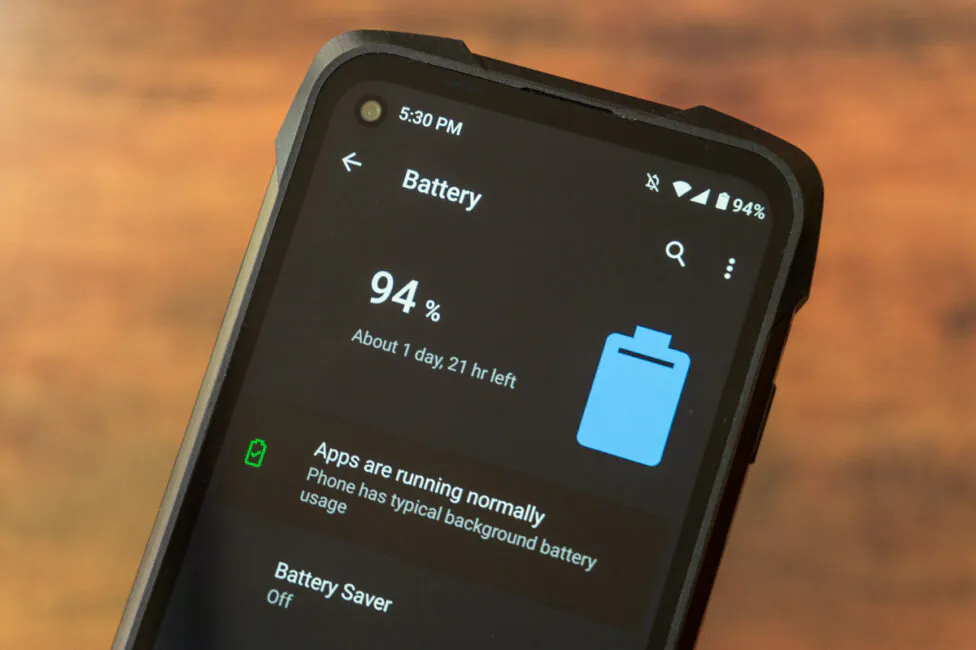
During normal use, without frequent access to cameras and gaming, the smartphone can survive for about two days. At the same time, the operating time of the screen is at the level of 8.5-9 hours and this is an excellent result. In the PCMark Work 3.0 battery test with maximum display brightness, the smartphone managed to hold out for 7 hours 54 minutes. Also quite good.
But charging takes a very long time by modern standards. The smartphone needs more than three hours to charge from 15% to 100% with the standard power adapter (10 W) and cable. Below are detailed measurements:
- 00:00 — 15%
- 00:30 — 35%
- 01:00 — 55%
- 01:30 — 73%
- 02:00 — 87%
- 02:30 — 94%
- 03:00 — 97%
- 03:10 — 100%
The truth is, basically, it takes so long due to the fact that at the end the charging slows down a lot and the last 5% take about forty minutes. Even without this issue the charging process is very slow.
Sound and communications
Despite the fact that the earpiece speaker is recessed deep enough in front, it is loud. You can hear the interlocutor even in a relatively noisy environment. The multimedia speaker is on the back at the bottom. It is not completely covered when the smartphone is facing up, but this does not particularly affect the quality and volume of playback. The speaker sounds very flat, the volume could be higher though. The sound in headphones is also the ordinary and unremarkable – the volume is enough, the quality is okay.
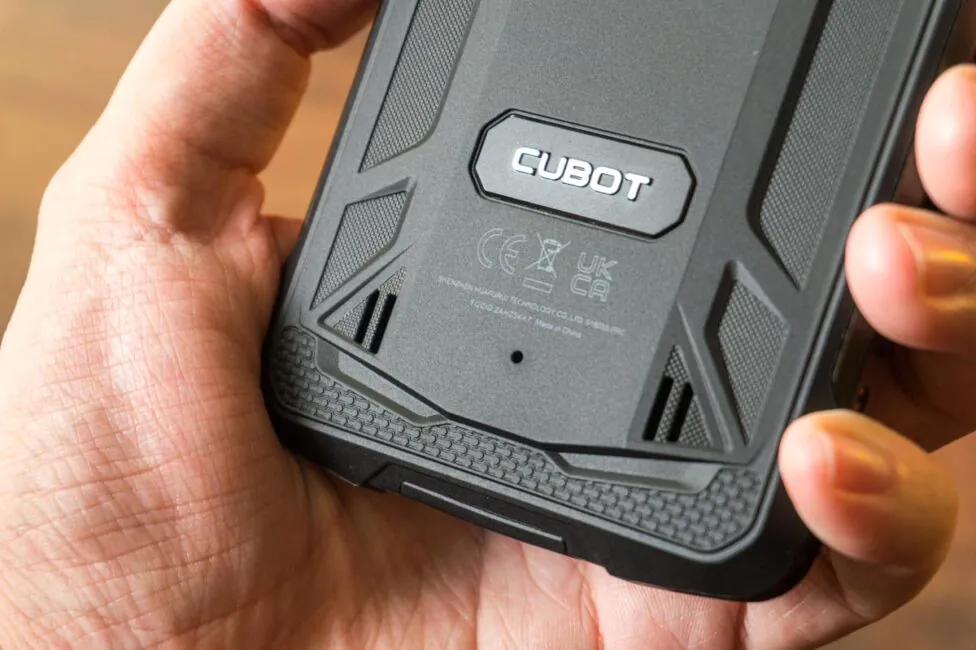
The set of wireless modules in a smartphone seems to be ordinary, but it has everything you need. It works in 4G mobile networks, there is Wi-Fi 4, but at the same time it supports not only 2.4 GHz band, but also 5 GHz, which is nice. The speed of the second may be slower than that of the AC-capable module, but with a 100 Mbps connection there is no difference in speed. The Bluetooth module is 4.2 (LE), kinda old, and there is support for Beidou and GLONASS navigation systems. I was also pleased to see the NFC module, which may not be the most useful feature in a rugged device, but still, it’s a nice addition.
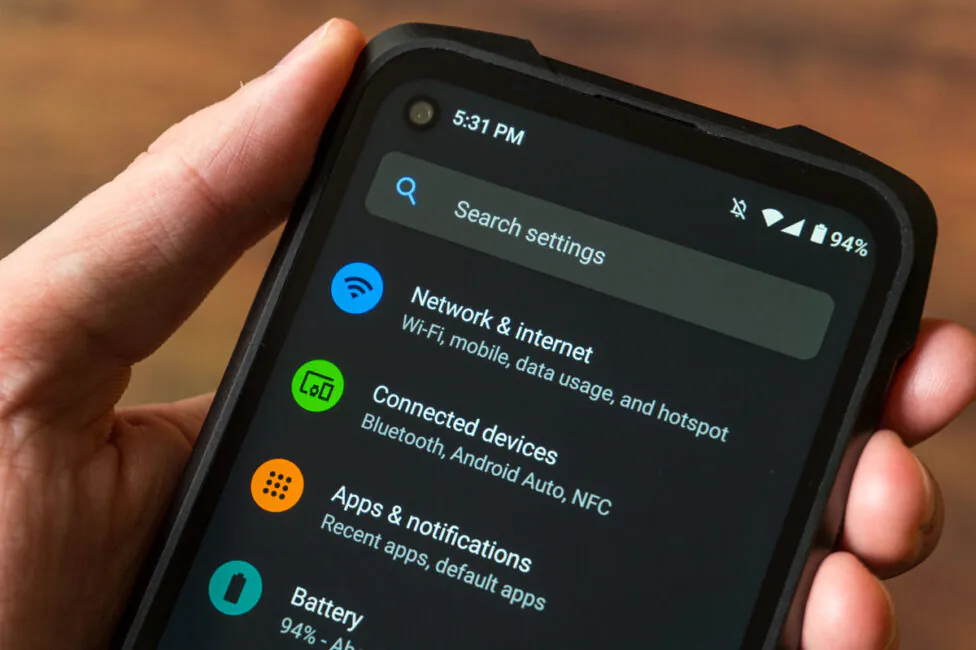
Read also: Realme GT review: Track-Worthy Smartphone for the Masses
Firmware and software
The Cubot KingKong 7, according to the good tradition of the brand, has a pure Android 11 operating system without any third-party shells. The set of built-in apps is standard and many of them are at least visually reminiscent of applications from Google. The only difference is the camera app, which I already talked about earlier. In the settings, there are two ways of system navigation (gestures or buttons), a couple of gestures to quickly turn on the camera and mute the call, as well as the parameters of the smart button.
In the latter, you can select an app that will be launched by holding the corresponding button on the right side of the smartphone. But for some reason, only hold is available, and you can’t add a double click, for example. In fact, the button also works in the camera app, acting as a single-press trigger.
Verdict
The main advantages of the Cubot KingKong 7 are IP68/IP69K protection and a relatively low price tag, which makes the smartphone an attractive option for those users who need this type of device. It has a decent display, a good level of performance with enough memory, and excellent battery life.
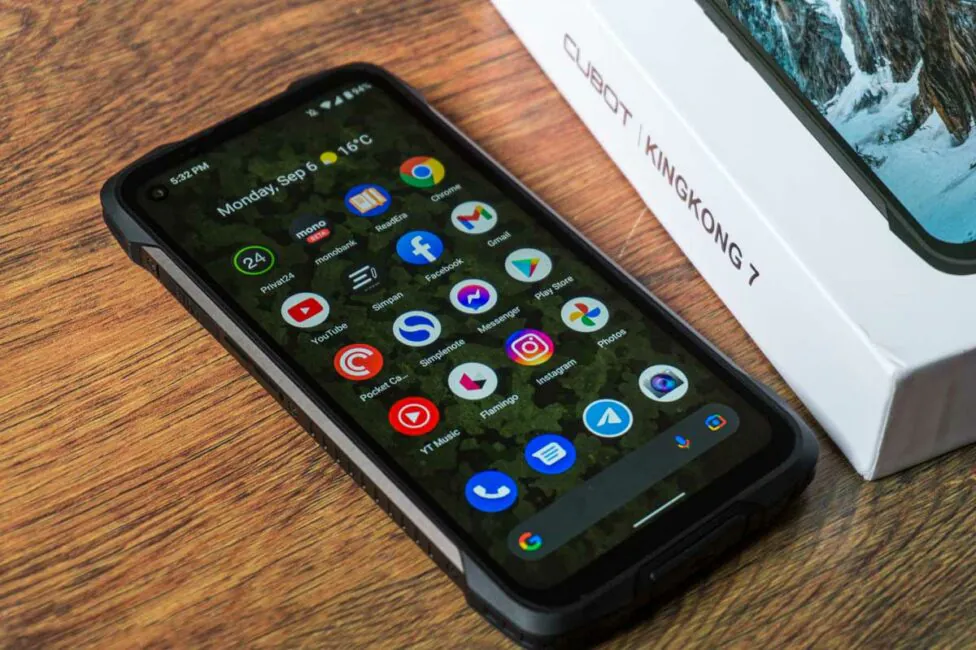
At the same time, the KingKong 7 is hardly the most rugged device there is. The declared protection standards relate to dust and moisture resistance, but the manufacturer keeps silent about shock resistance. Without its ruggedness, it’s a simple budget Cubot smartphone with its own pros and cons.
Stores and prices
- Official store (16% off with DEALKK7 code)
- Official AliExpress store
Read also
- Hushme voice mask review: Not what it seems
- Motorola Moto G10 vs Moto G20: Which Twin to Choose?
- OnePlus Nord 2 5G review: Almost a flagship killer
Subscribe to our accounts:


